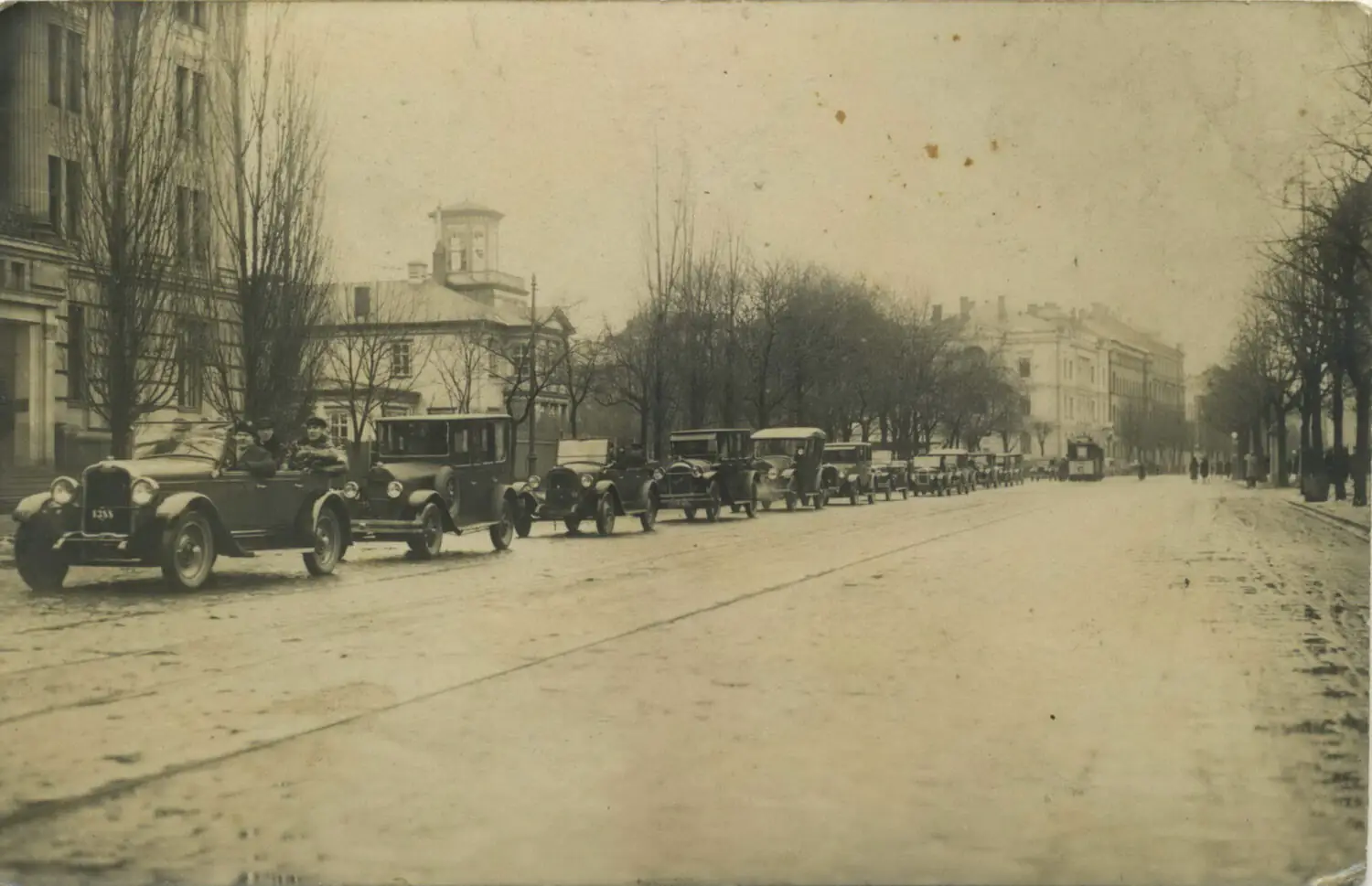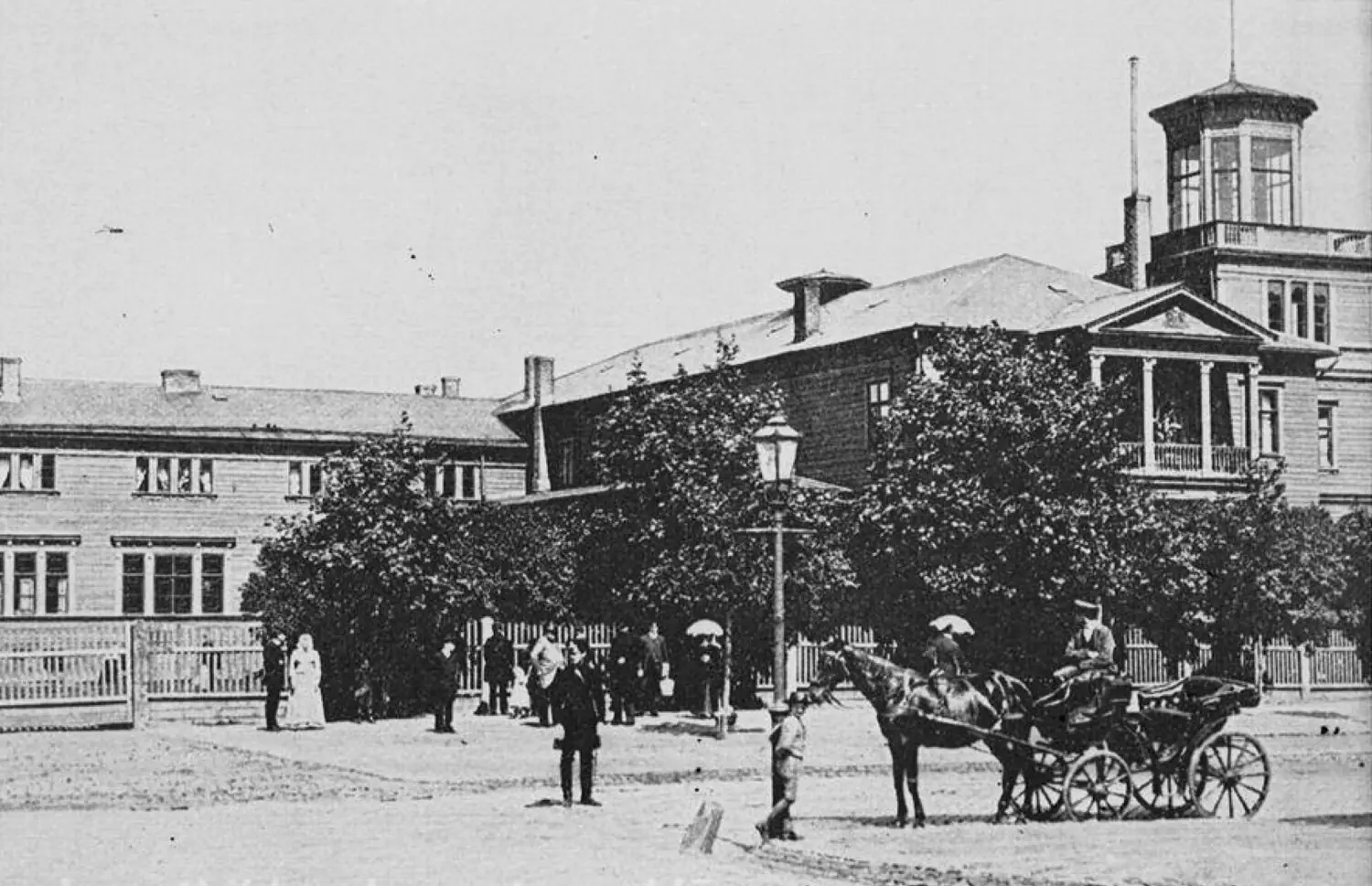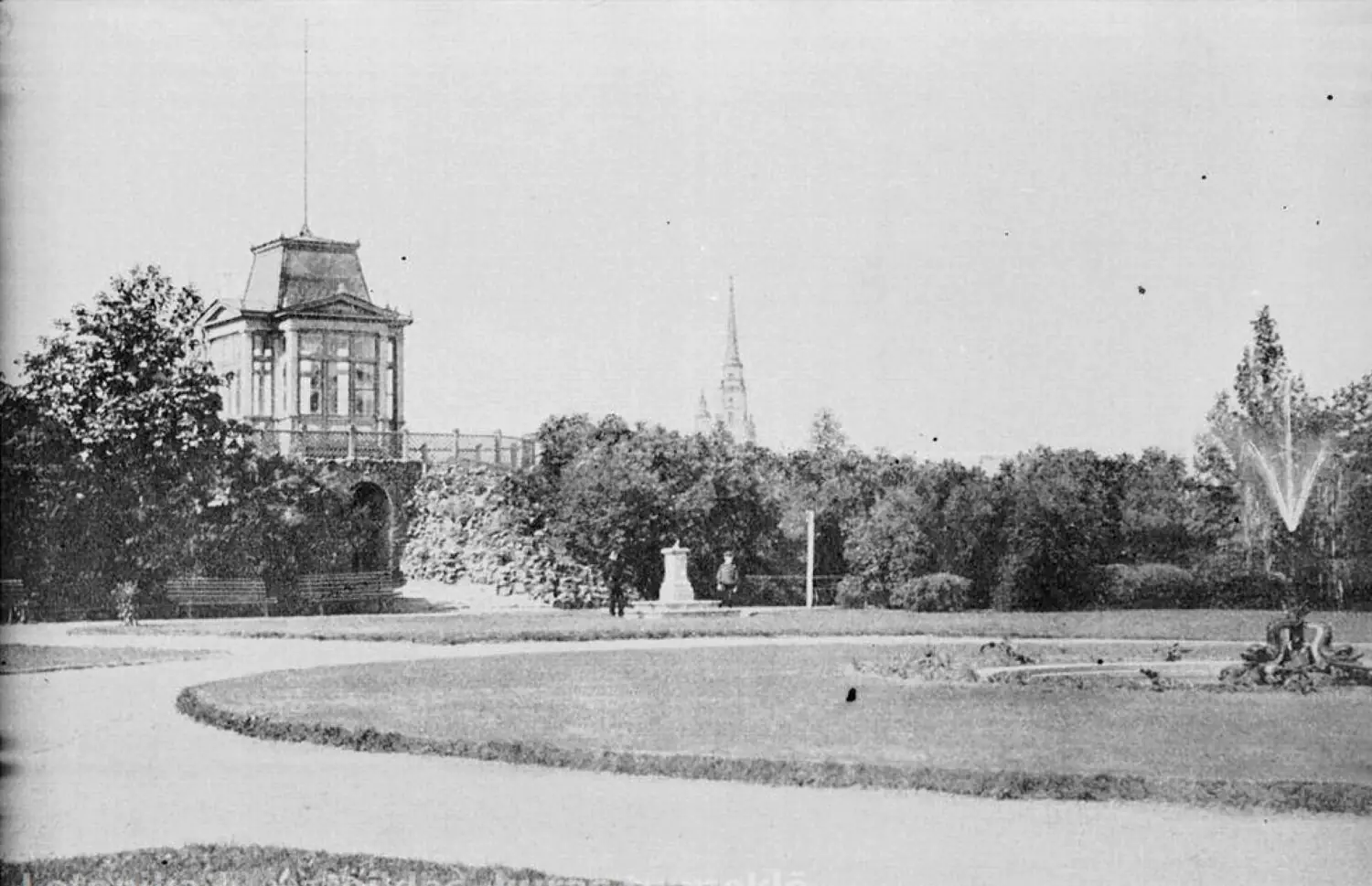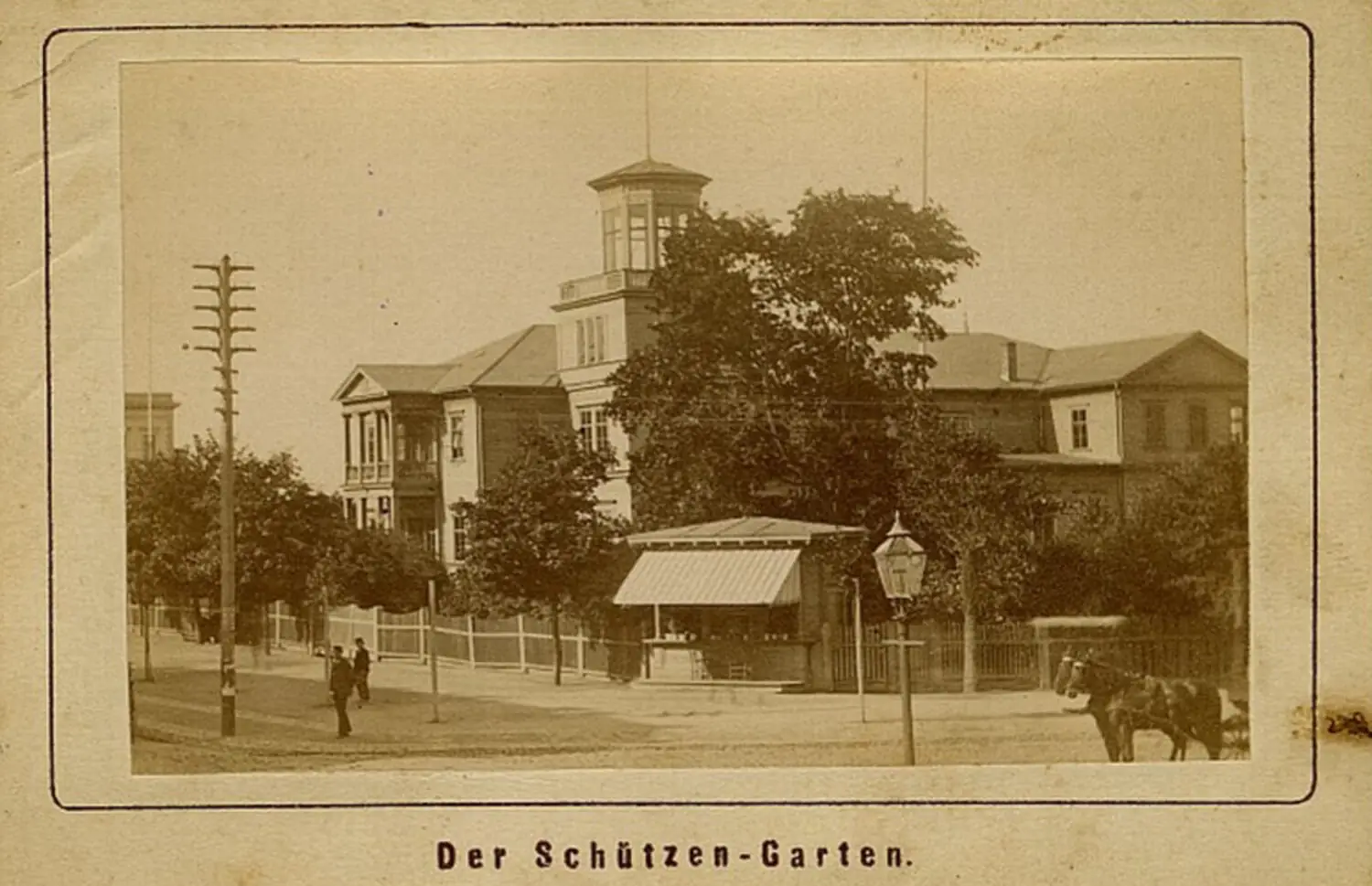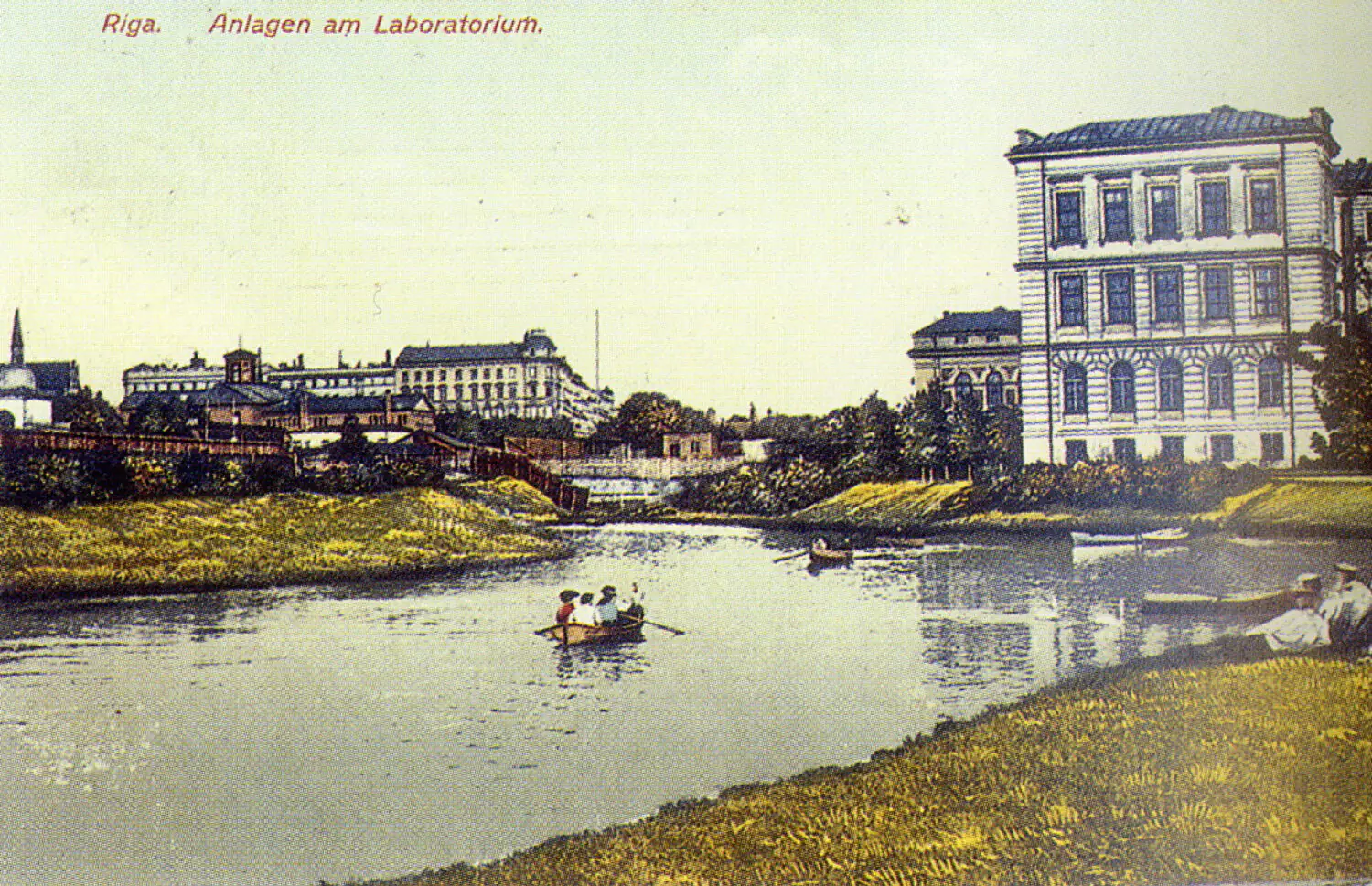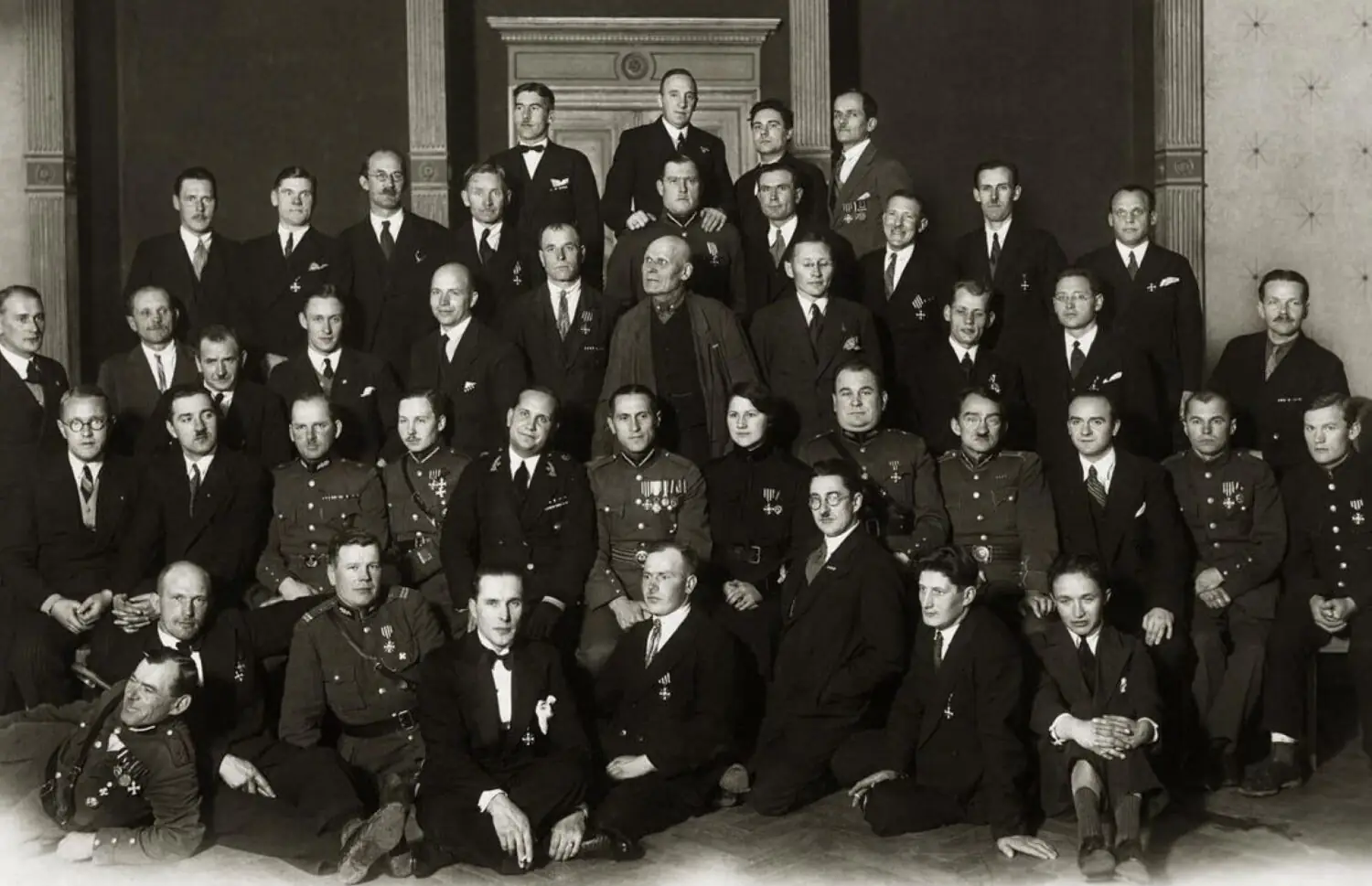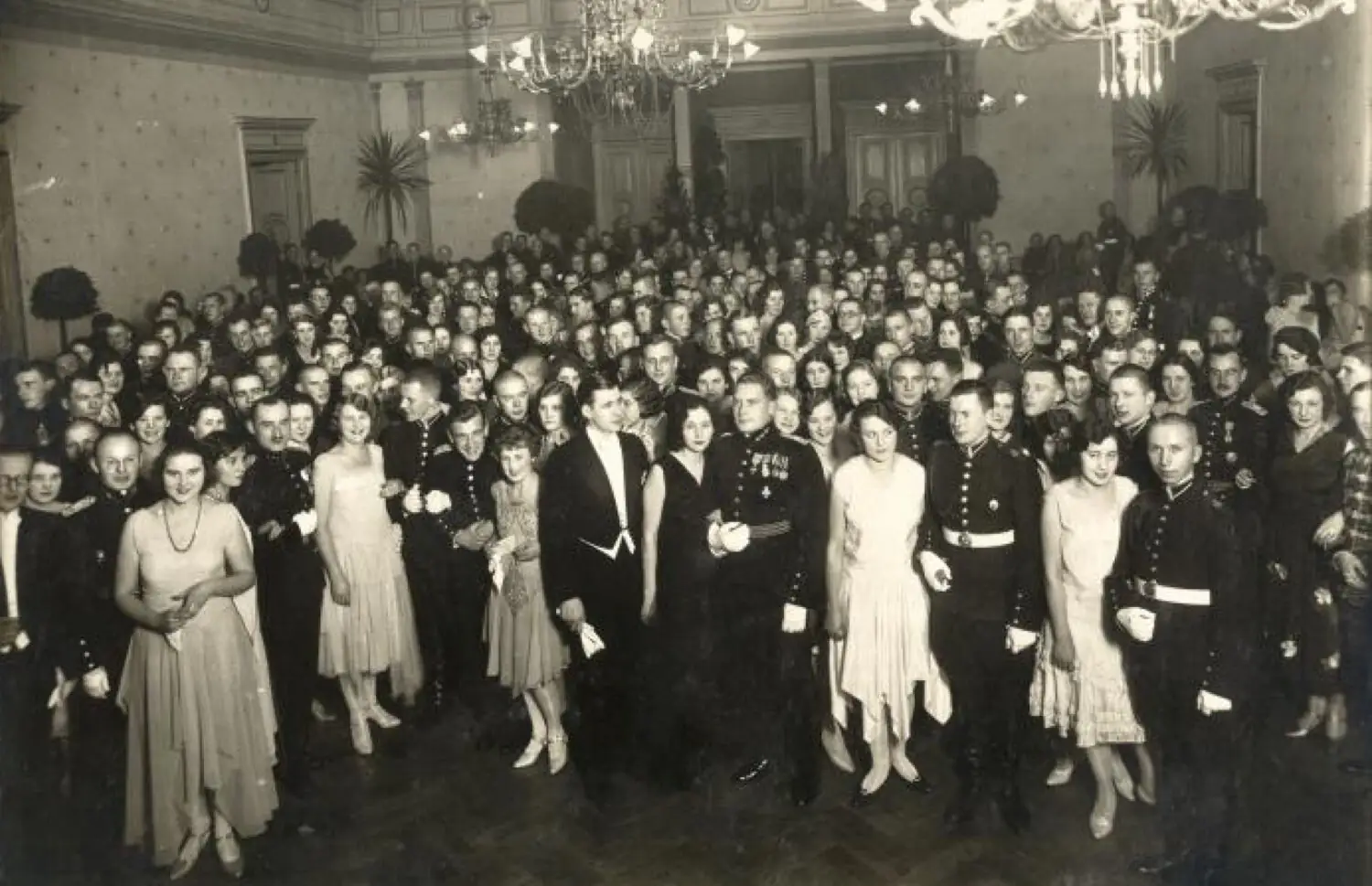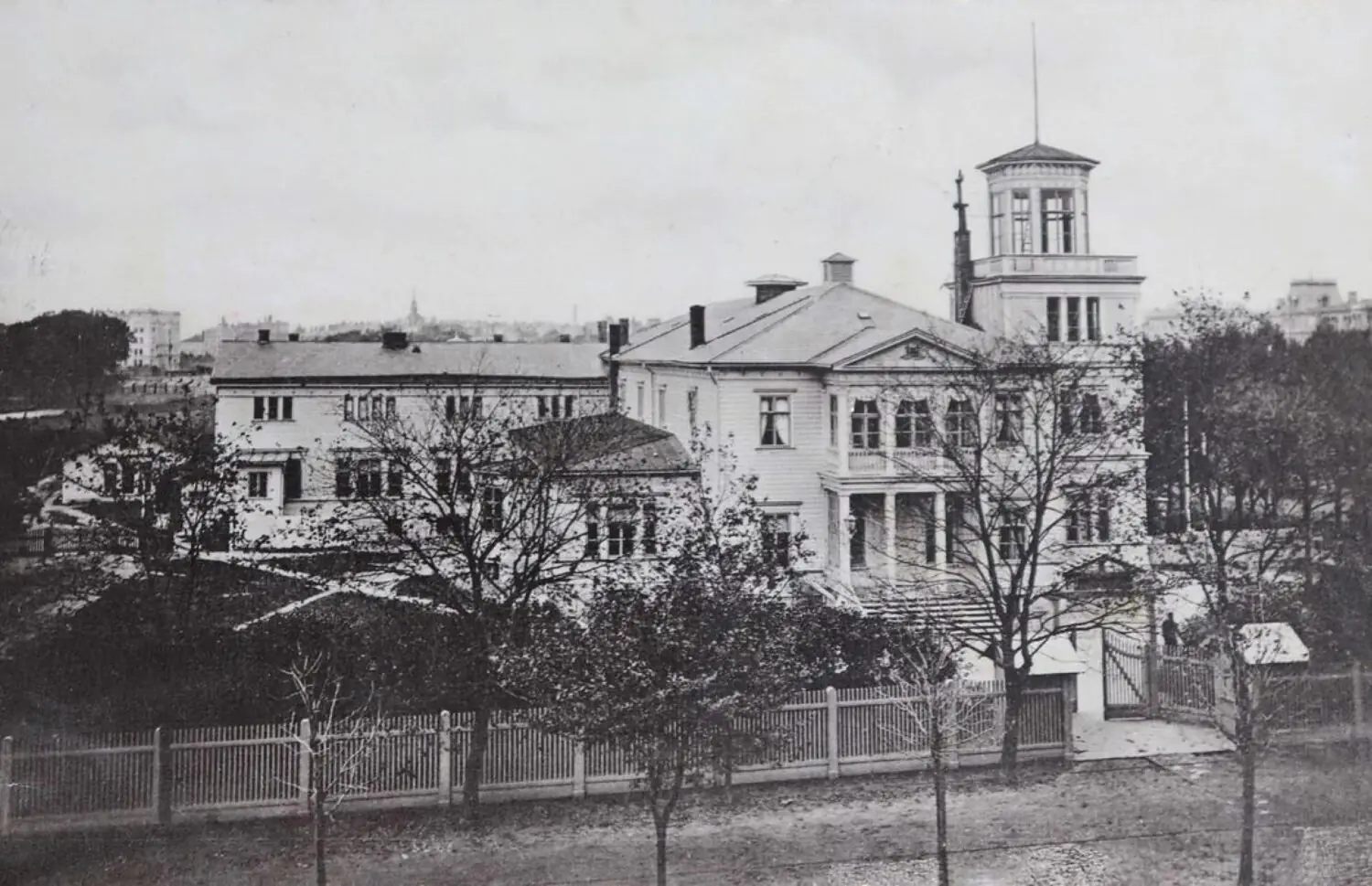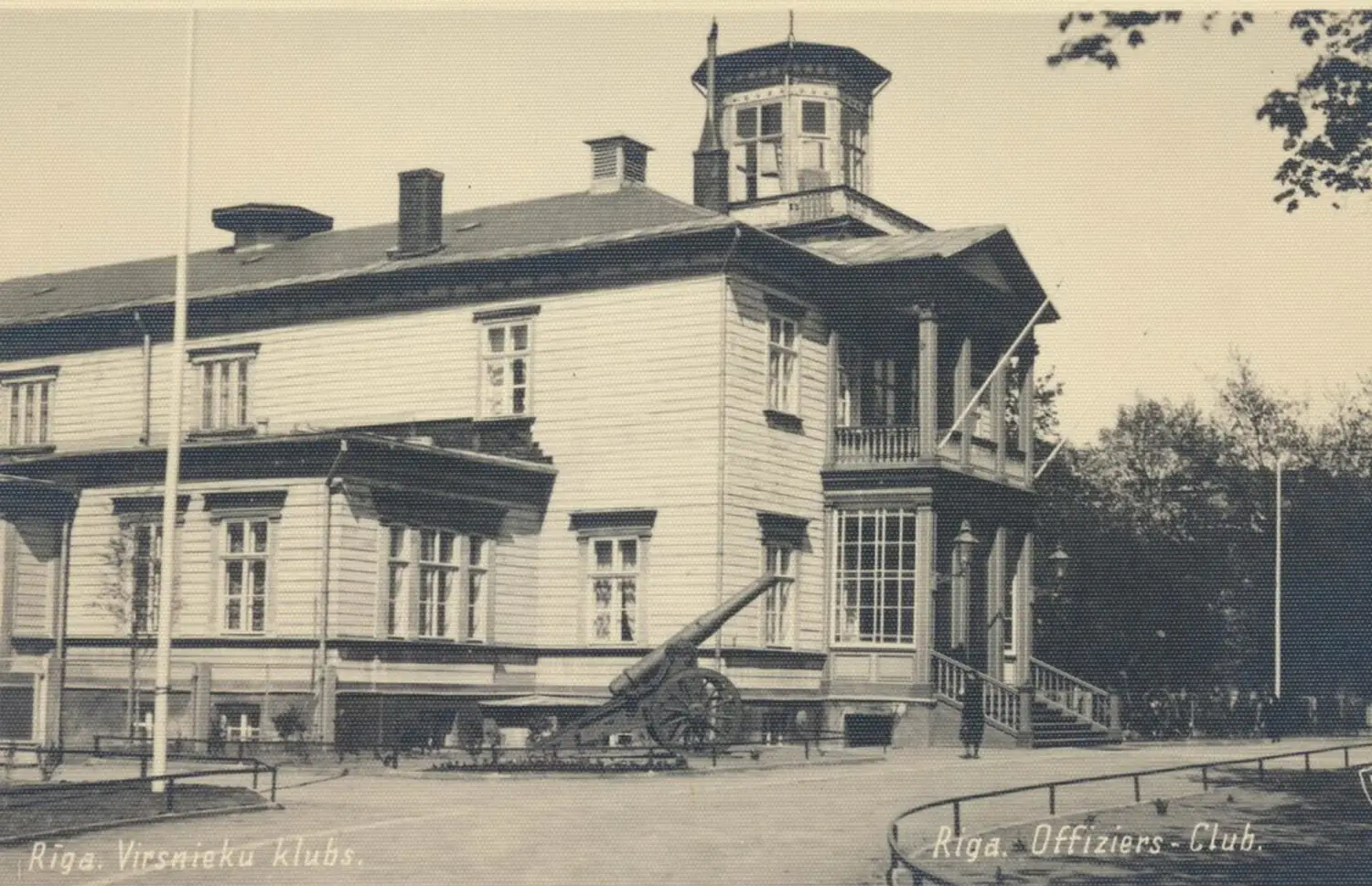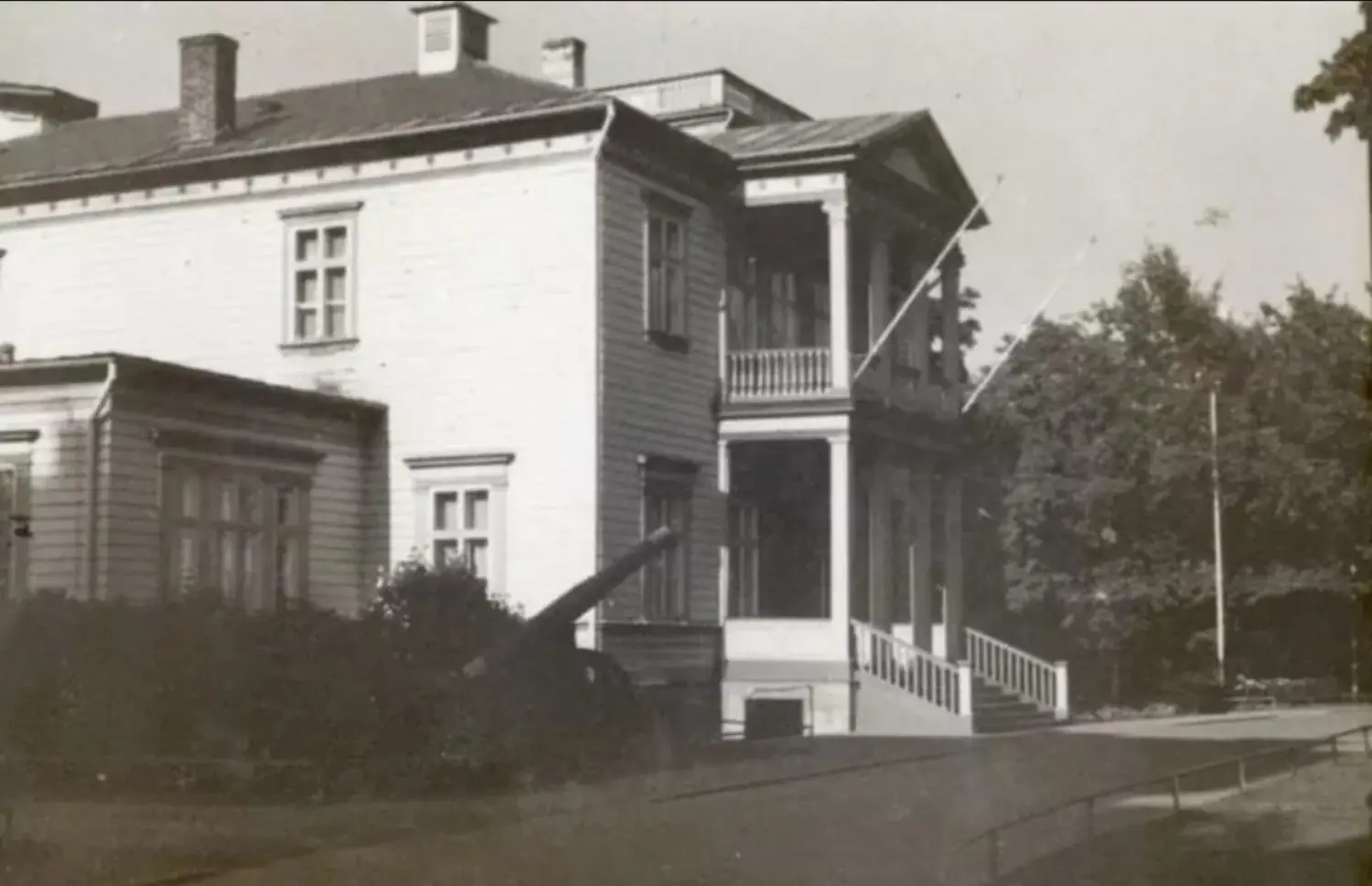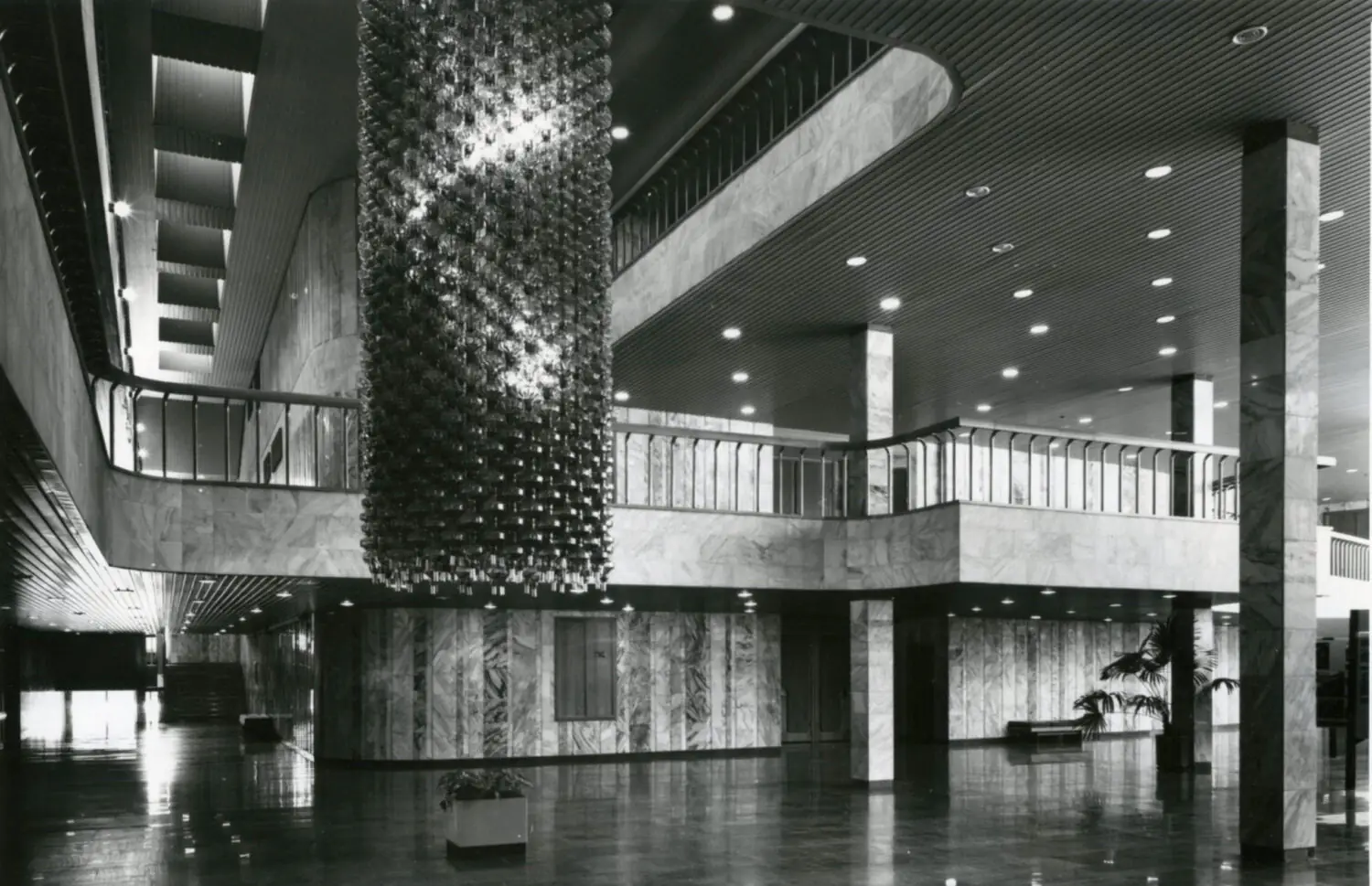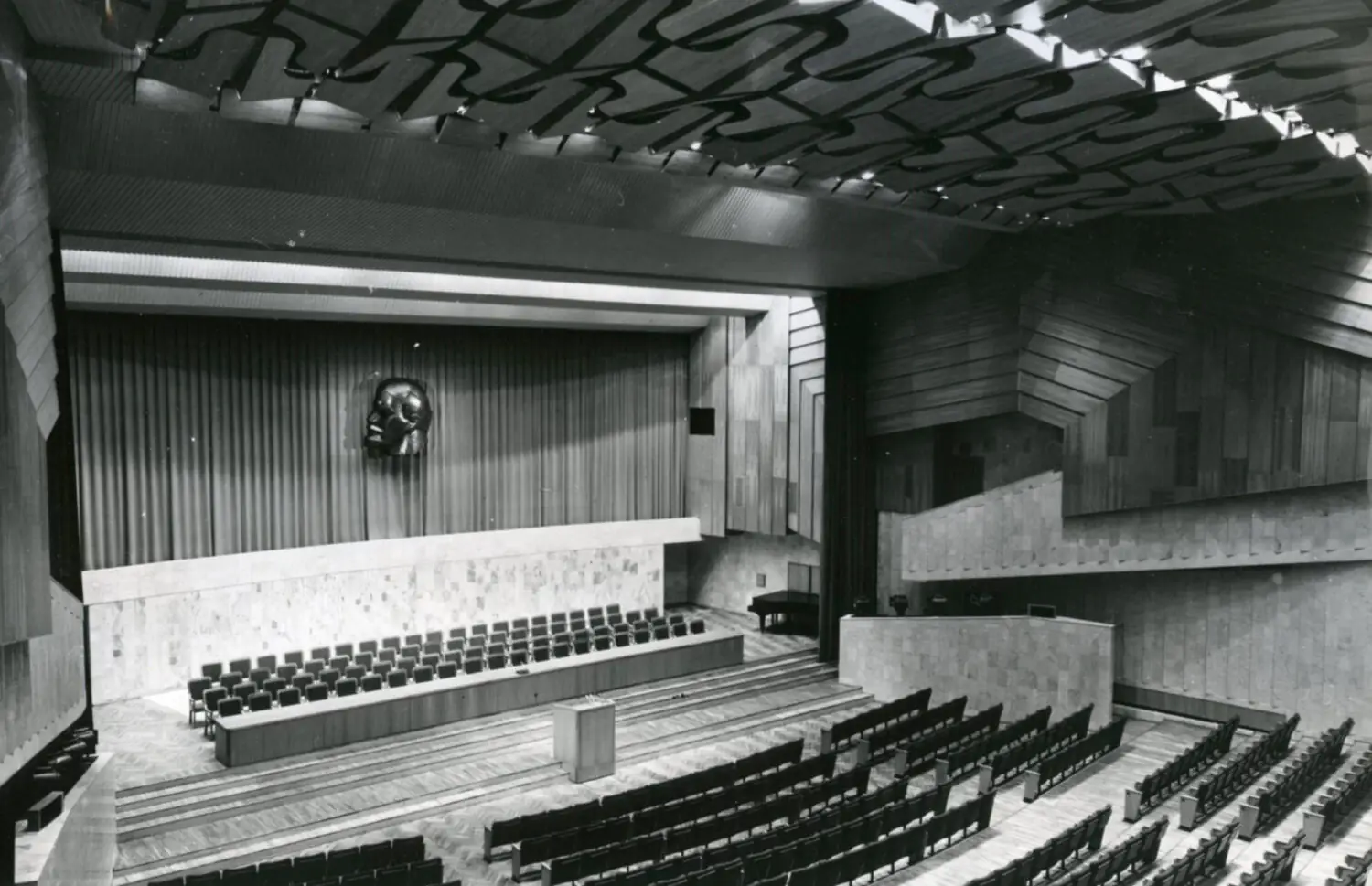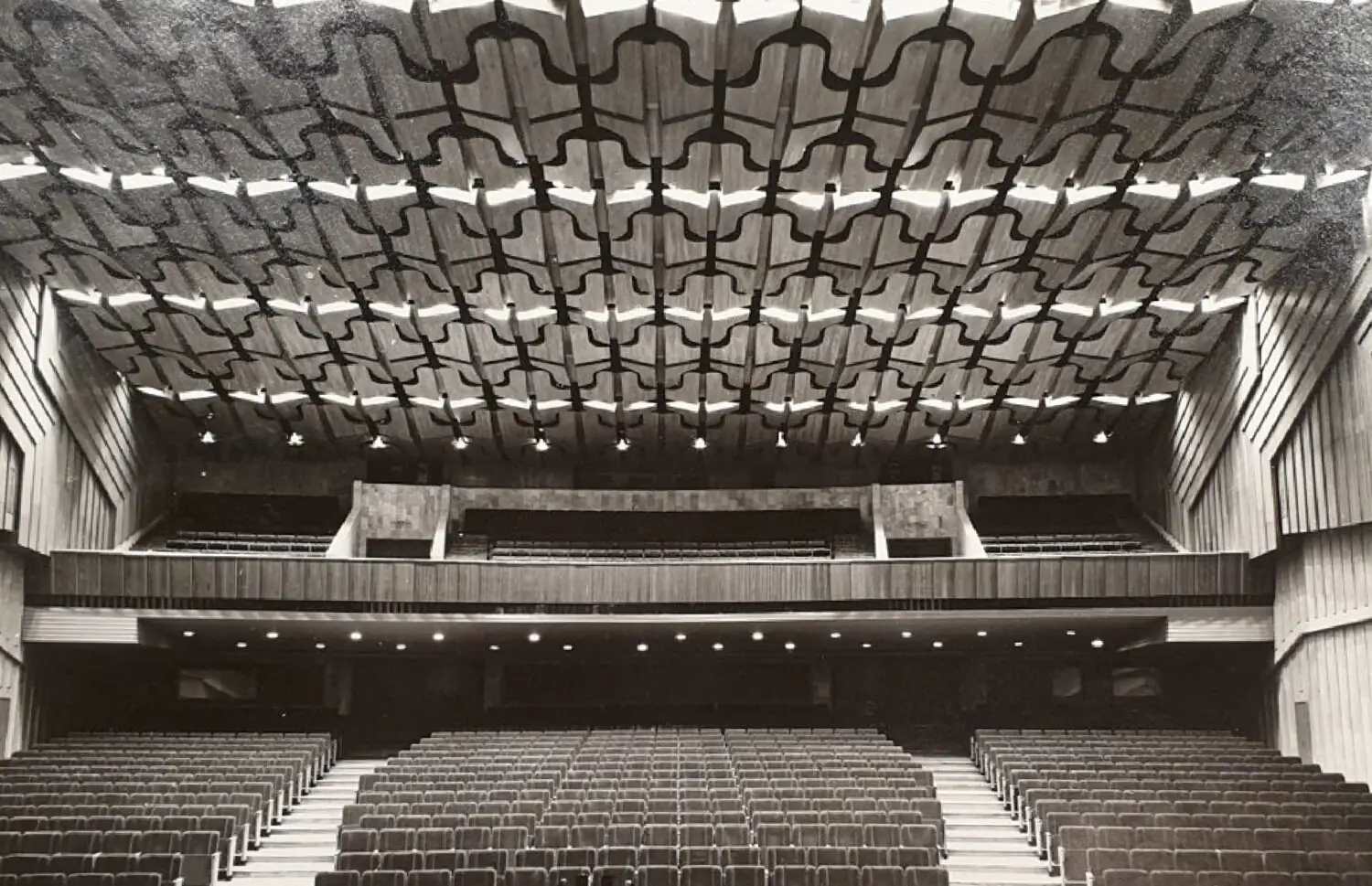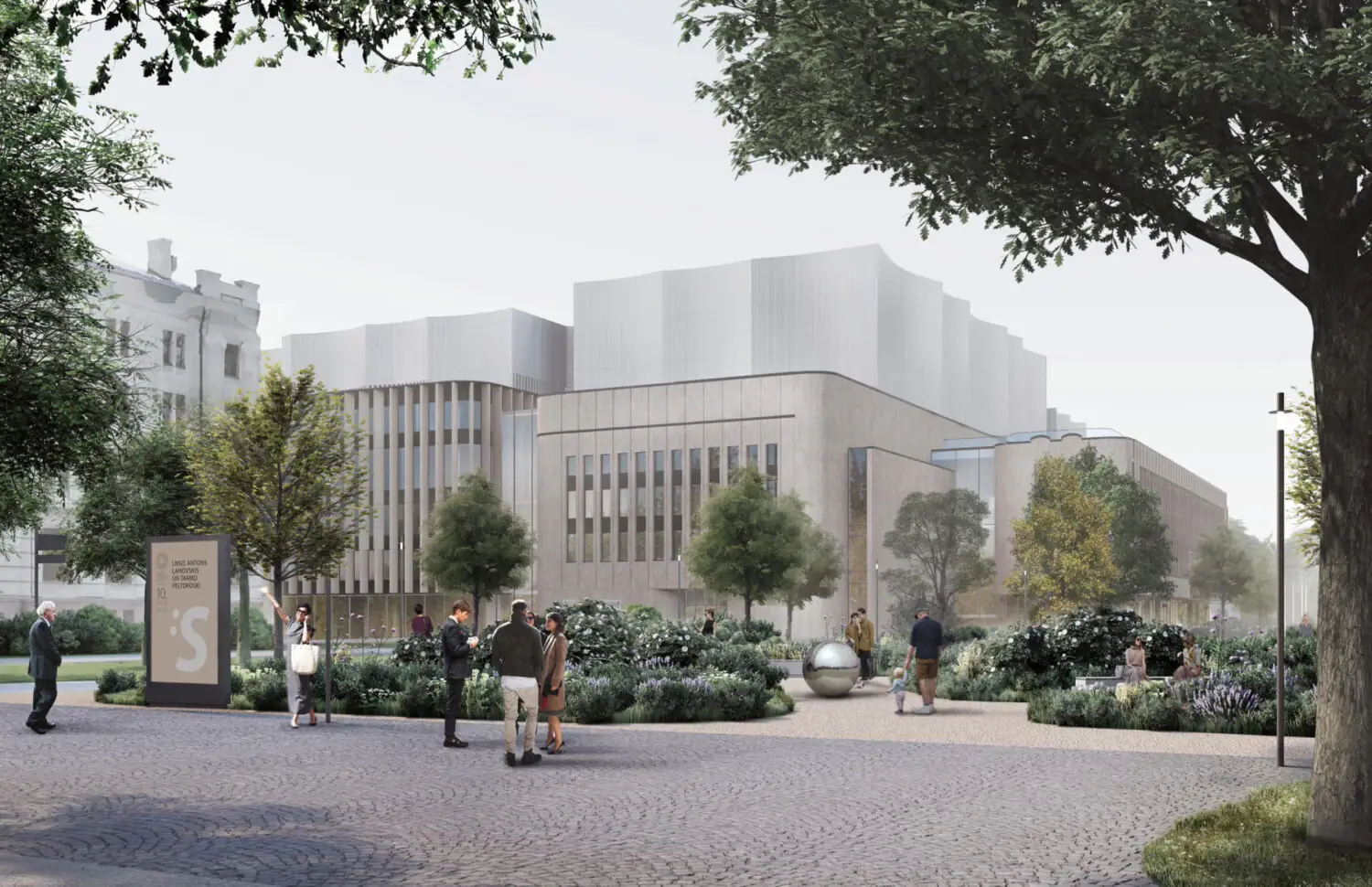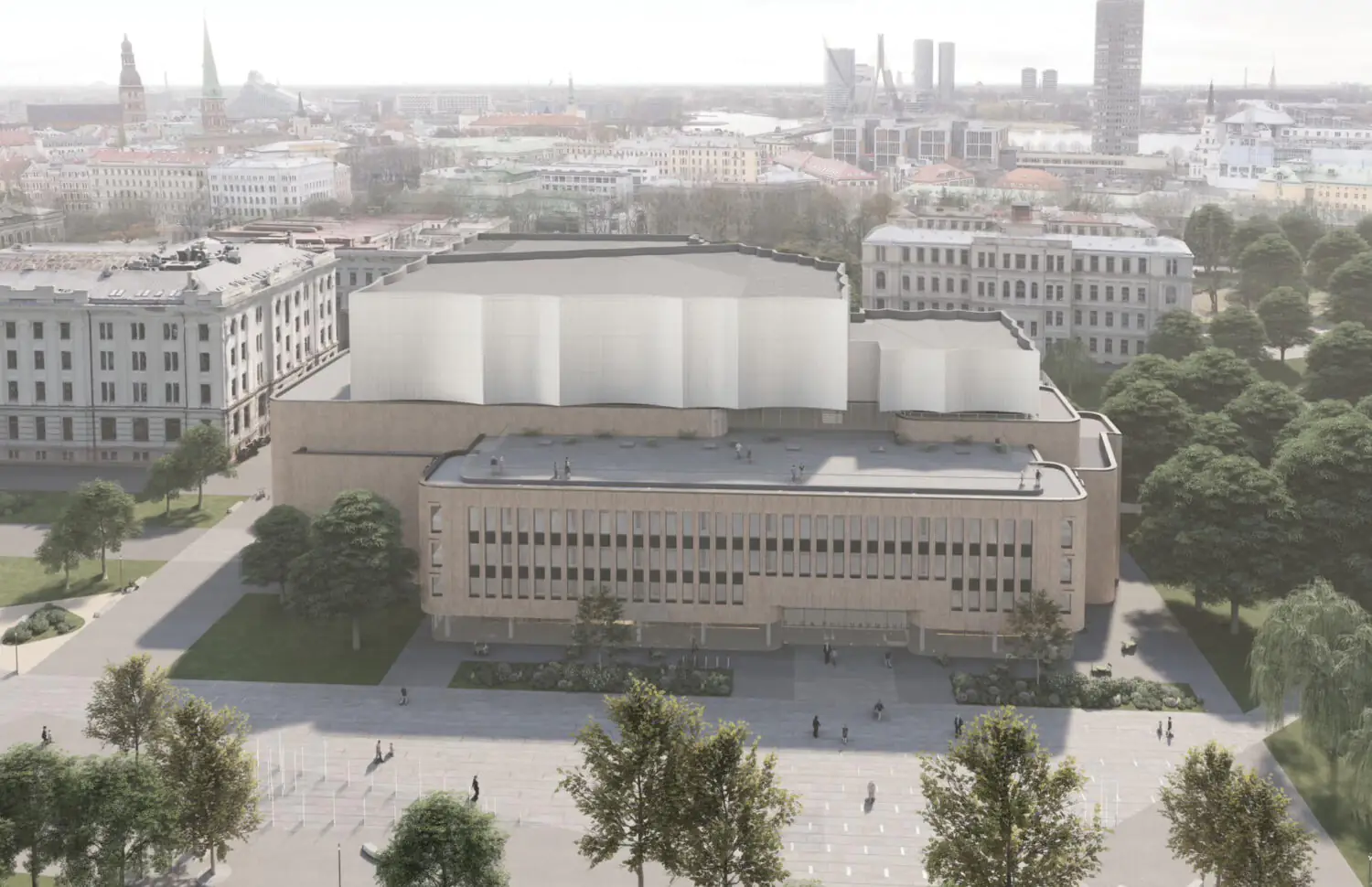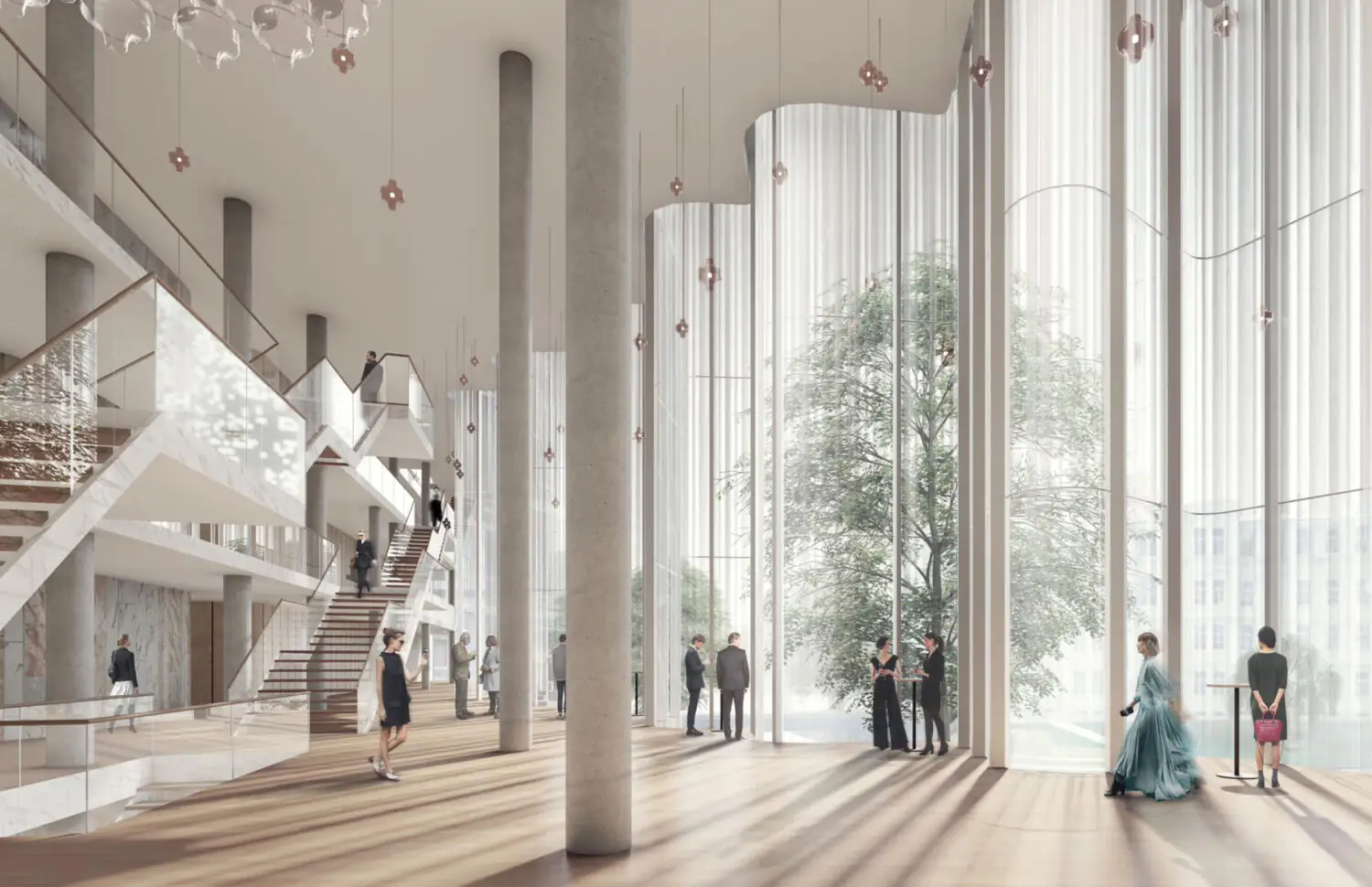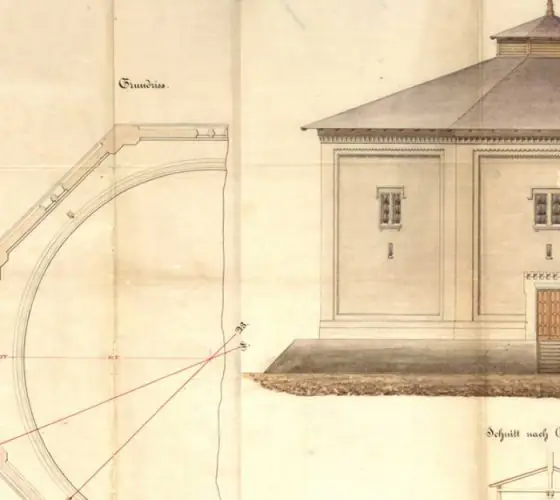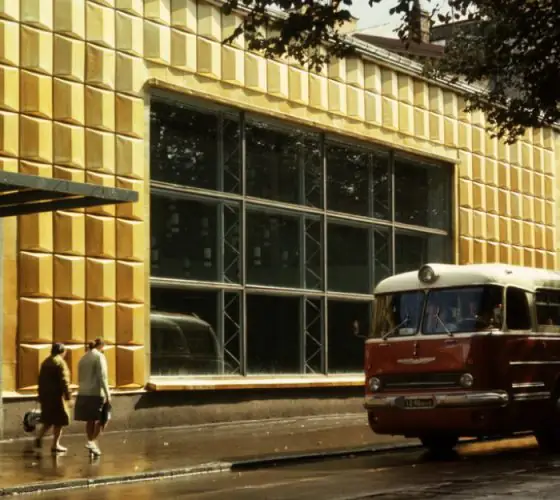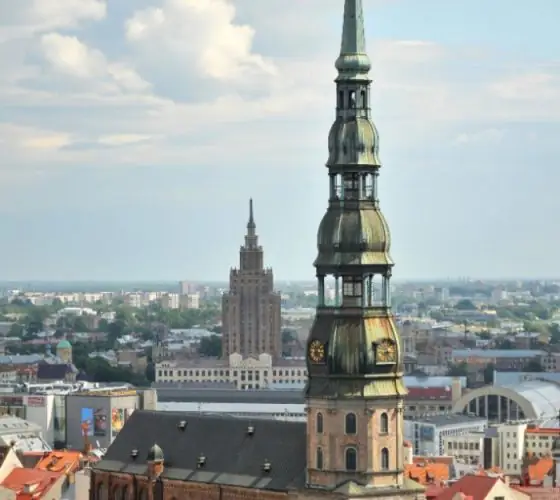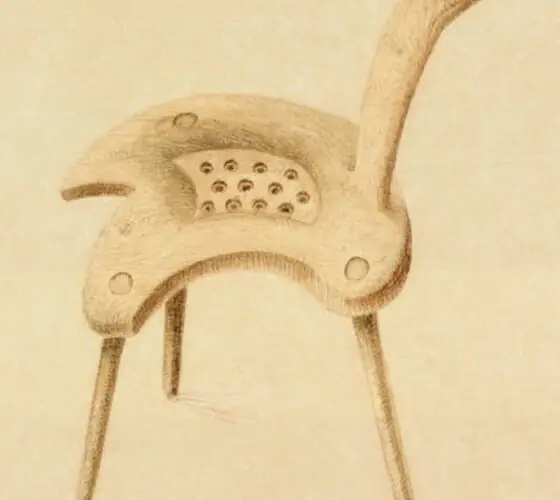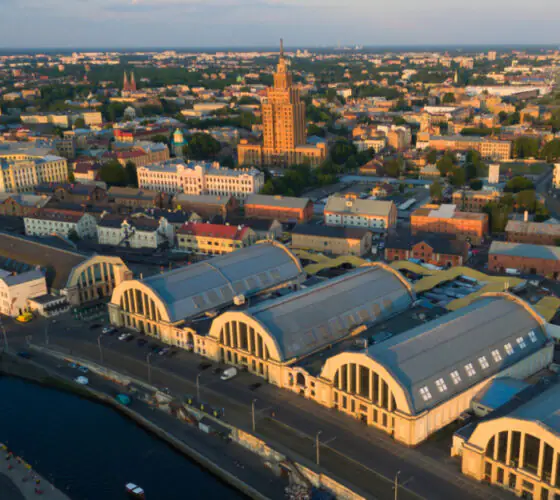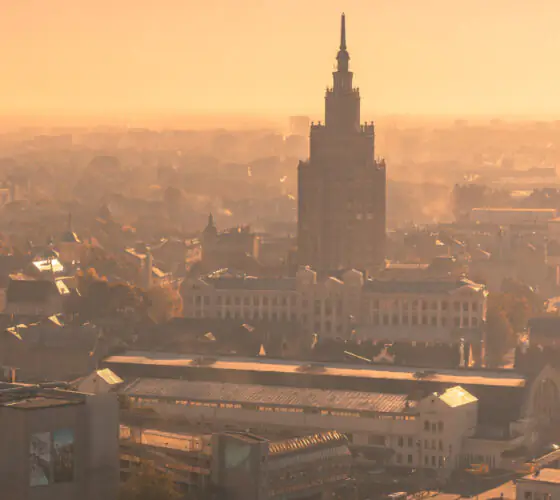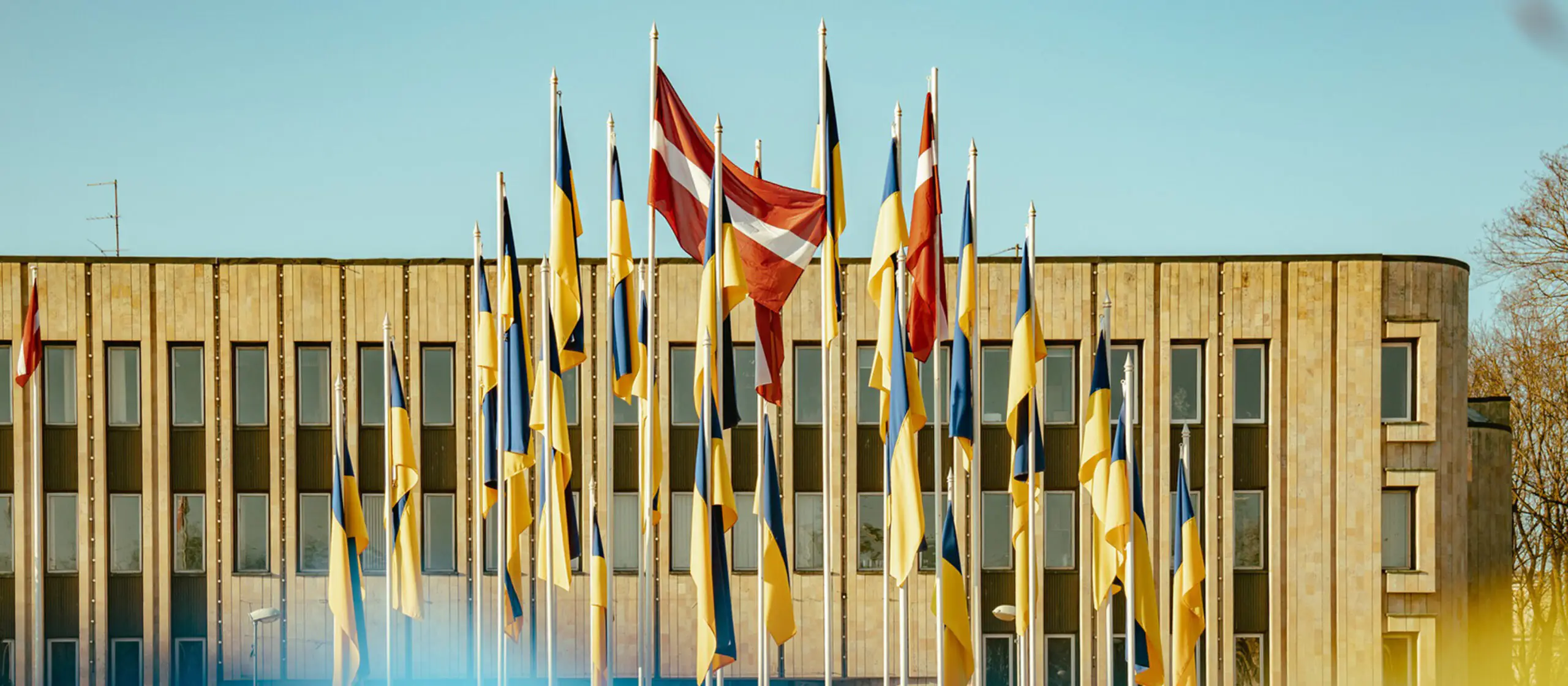
adobestock.com
In the 19th century, on the site of the present Congress Centre there was the Rifle Garden, an open space belonging to the Riga German Rifle Society. And next to this garden stood a wooden Riflemen’s House (Strēlnieku mājas). The building was located closer to Krišjāņa Valdemāra iela than the current Congress Hall. This article tells how the wooden building and the adjacent garden came to be and changed—and how the Soviet building then appeared on this area.
Nineteenth Century
In 1862, the Rifle Society acquired land on the site of the demolished fortifications of the Riga. A new clubhouse and a garden were laid out there. In November 1865, the Riflemen moved to the new location. While the main building was being constructed, a small one-story building with a gallery, nicknamed the Founders’ House, was built at the back of the site to temporarily house the Riga Rifle Society.
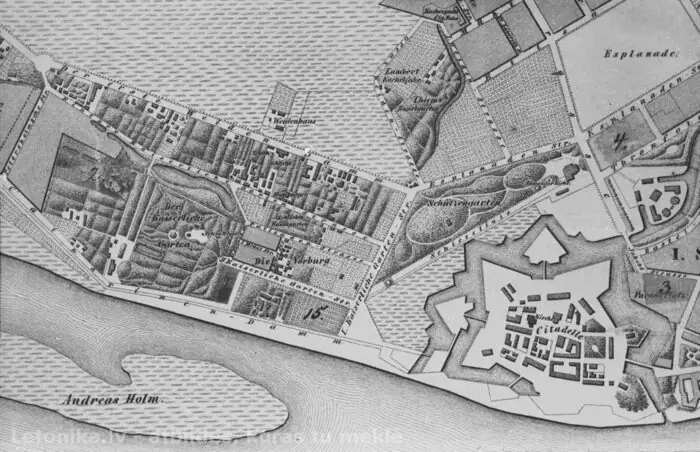
rigacv.lv
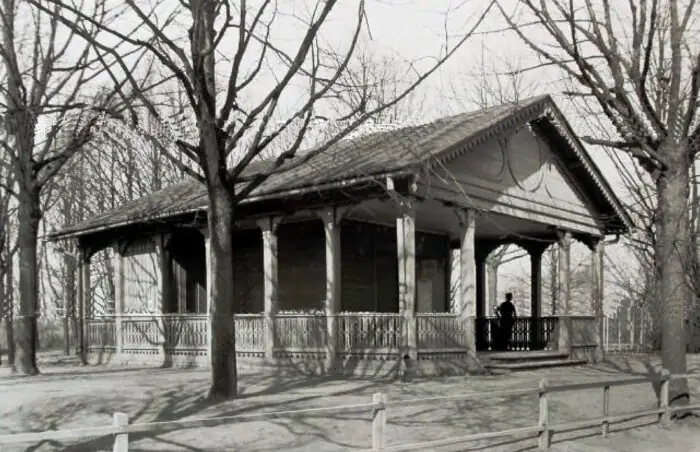
rigacv.lv
The two-storey building of the Riga Rifle Society, on which the shooting targets were mounted, was built in 1865–1866 according to the design of Latvian architect Jānis Frīdrihs Baumanis. On the side of the city canal, an embankment stretched from the clubhouse to Elizabetes iela in a straight line.
The front of the building, facing Krišjāņa Valdemāra iela, had a small tower with a belvedere overlooking the Strēlnieku dārzs (Rifle Garden), designed by the gardener Karl Stuben and built next to the building. The garden was a closed recreational area, accessible only to members of the community, it included a shooting gallery and places to play ball.
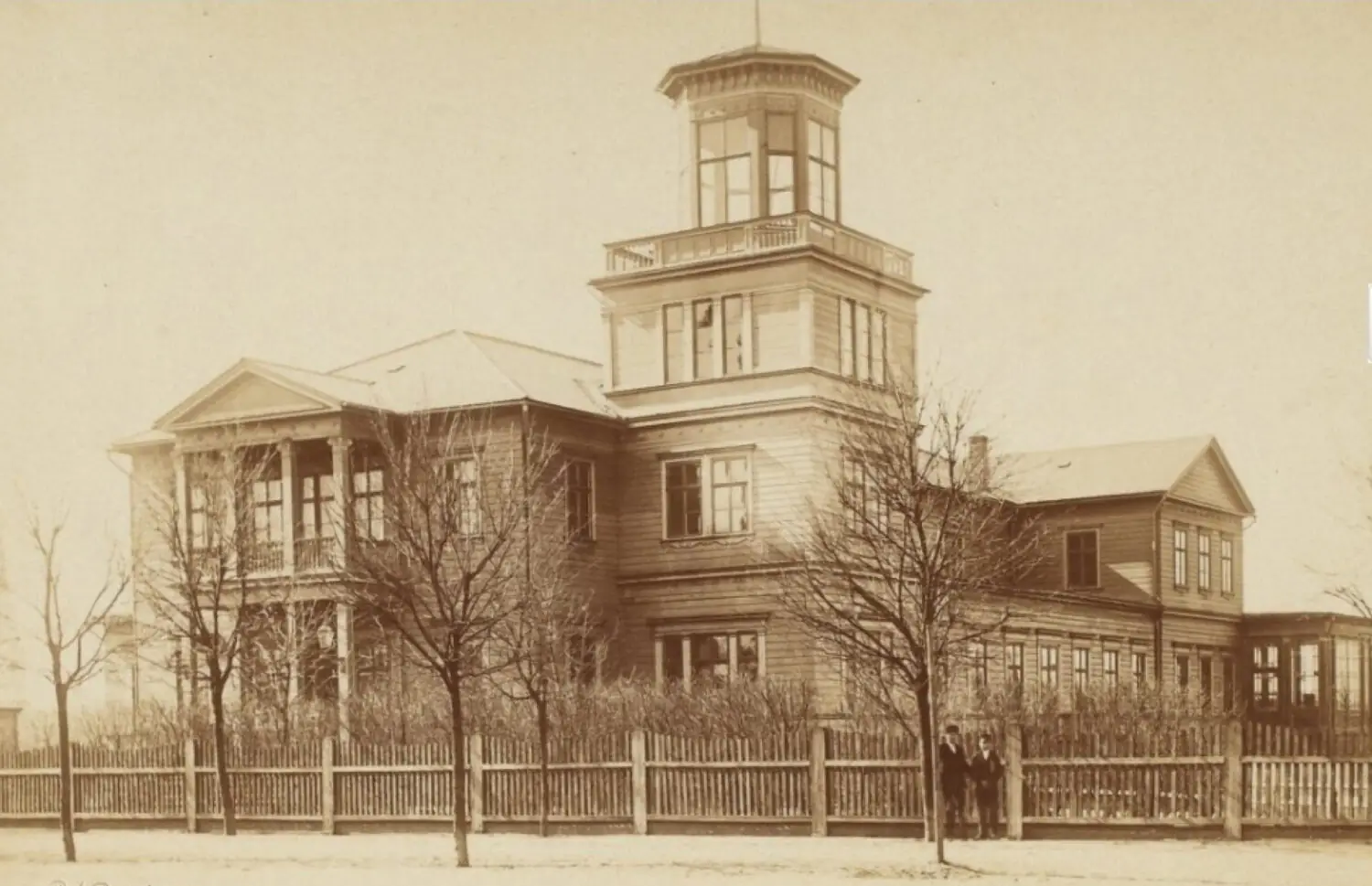
rigacv.lv
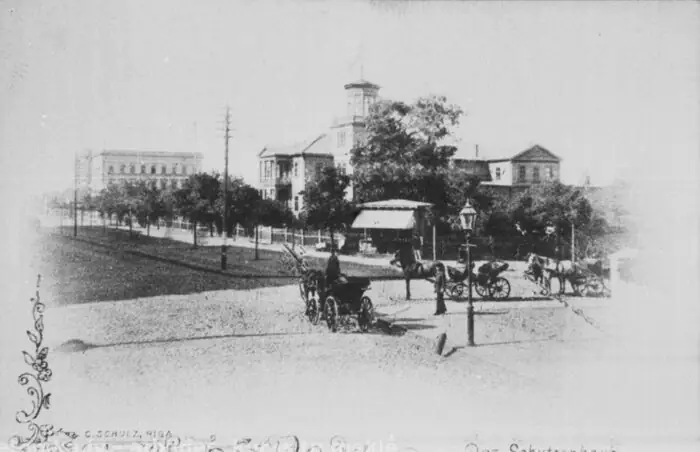
zudusilatvija.lv
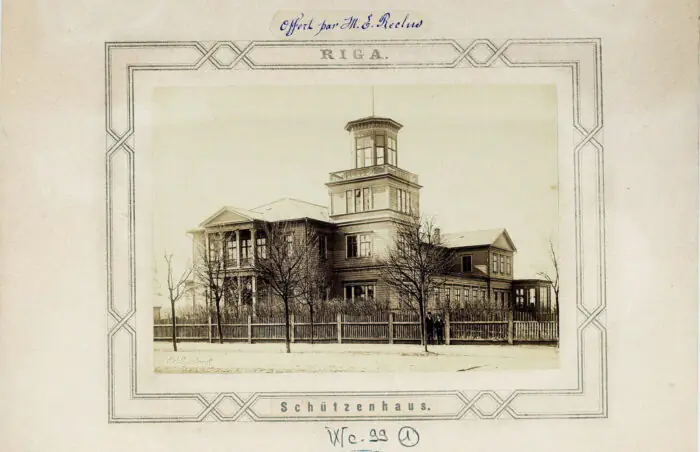
letonica.lv
The building burned down in 1873, but was rebuilt the following year under the direction of the architect Frīdihs Vilhelms Hess according to the old Baumanis drawings. Despite its wooden construction, the building was based on the proportions and principles of late Classicism and Roman villas.
The new Riflemen’s House became the seat of various German professional and cultural societies. Before the First World War, the Liedertafel men’s singing society and the Livonia zither playing society were active here, and the headquarters of the Riga branch of the Imperial Hunting Society (Ķeizariskās mednieku biedrības) were located here.
Early 20th century
The number of members of the Rifle Club itself gradually grew and their range of interests expanded. A spacious hall for celebrations was added to the main clubhouse, followed by a bowling alley, tennis courts and numerous outbuildings for a library, veranda, restaurant and equipment sheds.
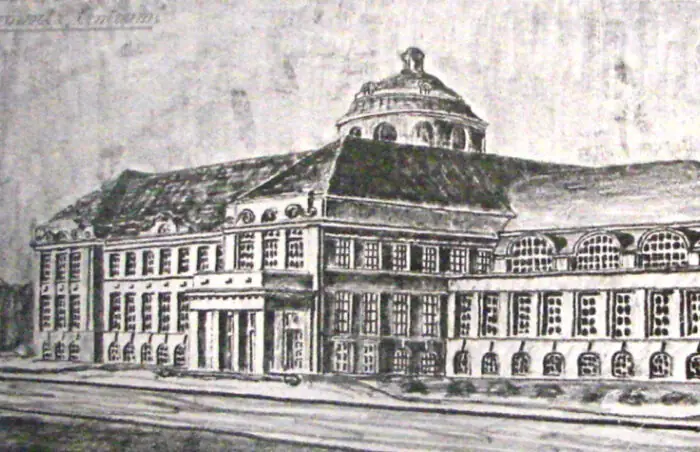
rigacv.lv
In 1912 it was decided to build a new more modern building. Many prominent architects of the time participated in the competition, but the architect Max von Osmidoff, who was a member of the Rifle Society, won the competition. However, due to the First World War, his project remained unrealized.
The First World War hit the Rifle Society hard: first, all German and Austro-Hungarian citizens left the society, and then it was briefly banned. Almost immediately after the outbreak of hostilities, the Rifle Society’s building was occupied by an infirmary: at first it occupied only part of the premises, but then the whole building. The club members moved back to the Founders’ House.
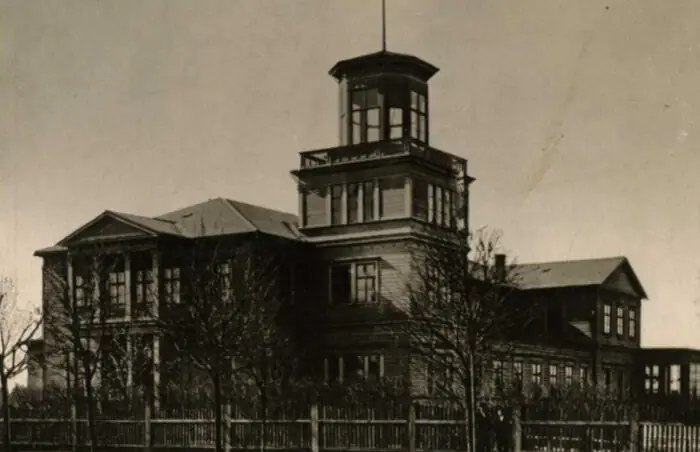
vitber.com
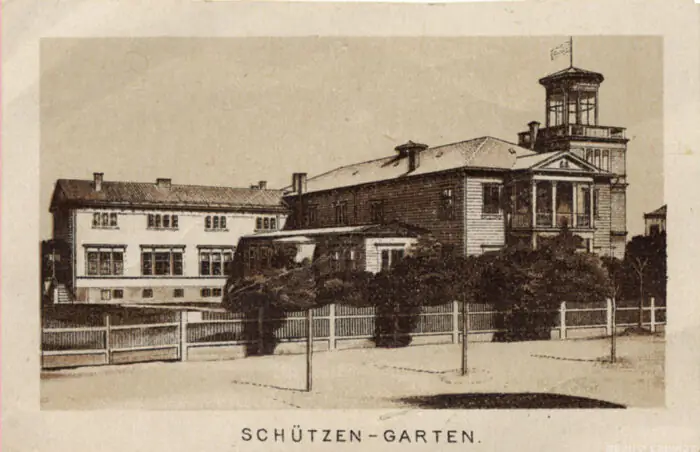
zudusilatvija.lv
Independent Latvia
In 1918 the infirmary left the clubhouse. The Rifle Society started to renovate the building, but the newly renovated premises were occupied by the Bolsheviks, after whose departure the building again needed renovation. And right after the proclamation of Latvian independence in 1918, the Ministry of War started trying to buy a part of the park together with the club building from the society. In addition, the townspeople did not like the fact that the entrance to such a vast park in the very center of the city was limited.
In 1921, the Rifle Society signed a partial lease agreement with the Latvian Ministry of Defense: the Riflemen’s House and garden were leased to the Latvian Army Officers’ Club (Virsnieku klubs). Around the same time a part of the once closed green area next to the House of Riflemen was taken over by the citizens of Riga. In 1927, the architect of the Riga Gardens, Andrejs Zeidaks, started to create a new landscape park.
In February 1933, the Riga City Council bought the garden from the Rifle Society. The new owner of the Riflemen’s House was the Army Officers’ Club. The building received a new name: the Officers’ House. The German Rifle Association was given land in Babītes parish (Babītes pagasts) as compensation.
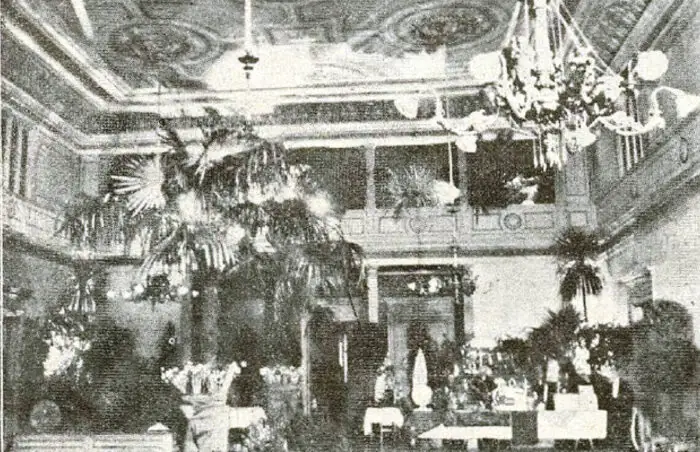
rigacv.lv
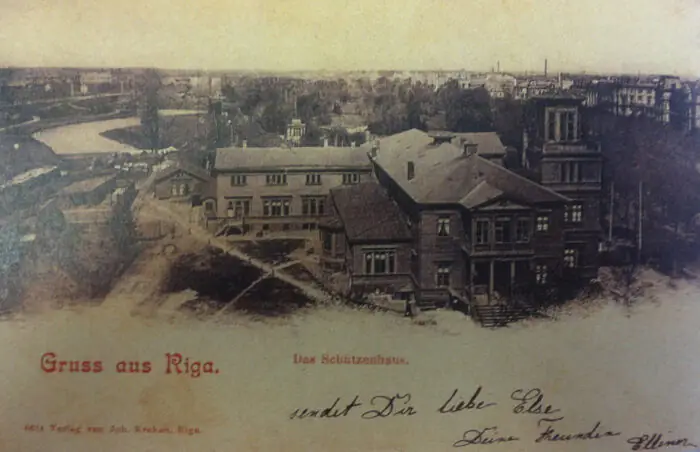
forum.myriga.info
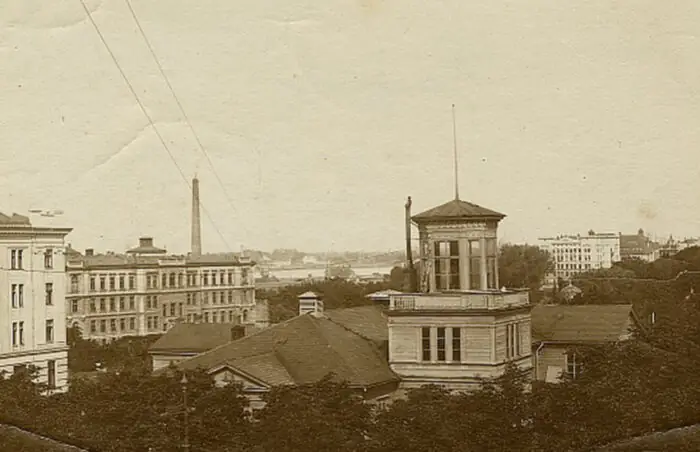
zudusilatvija.lv
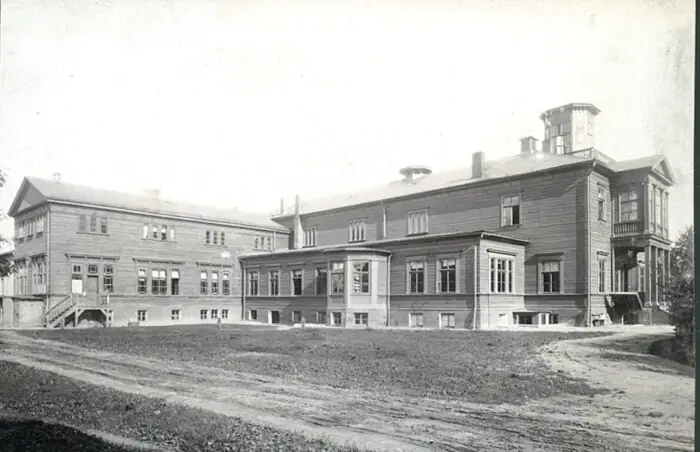
forum.myriga.info
Thus the Rifle Garden (Strēlnieku dārza) became publicly accessible and was soon renamed the 15th of May Garden (15. maija dārzu) in honor of the 1934 Latvian coup d’état, and in 1937 it was named Kronvald’s Garden (Kronvalda dārzu) in honor of Atis Kronvalds, a Latvian publicist, linguist, educator, and figure of the First Latvian National Awakening (Pirmā atmoda), the Latvian cultural and national revival movement of the 1850s–1880s.
The club’s building was renovated with active Latvian motifs, such as the colorful stained glass windows in the main hall, designed by Niklāvs Strunke. Two antique cannons were installed at the entrance to the club, and they became popular objects for people to take pictures of.
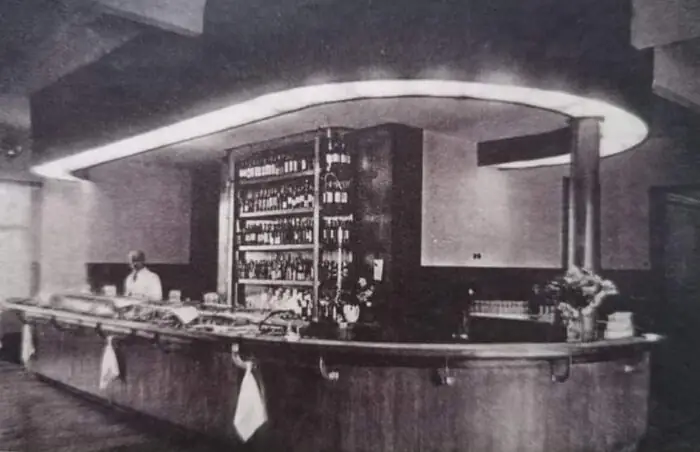
forum.myriga.info

zudusilatvija.lv
The Army Officers’ Club (Virsnieku klubs) became the center of social life between the two world wars: exhibitions, receptions and celebrations were held here. This included annual press balls (preses balles), where journalists, writers and Riga’s intelligentsia gathered. The first press ball was held in 1922 in honor of the centenary of the publication of the newspaper Latviešu Avīzes.
In different years, the decorations for the press balls were created by Konrāds Ubāns, Romans Suta, Niklāvs Strunke and other famous Latvian artists and designers. And in the 1930s, annual carnivals for students of the University of Latvia (Latvijas Universitāte) and the Latvian Academy of Arts (Latvijas Mākslas akadēmija) were held here.
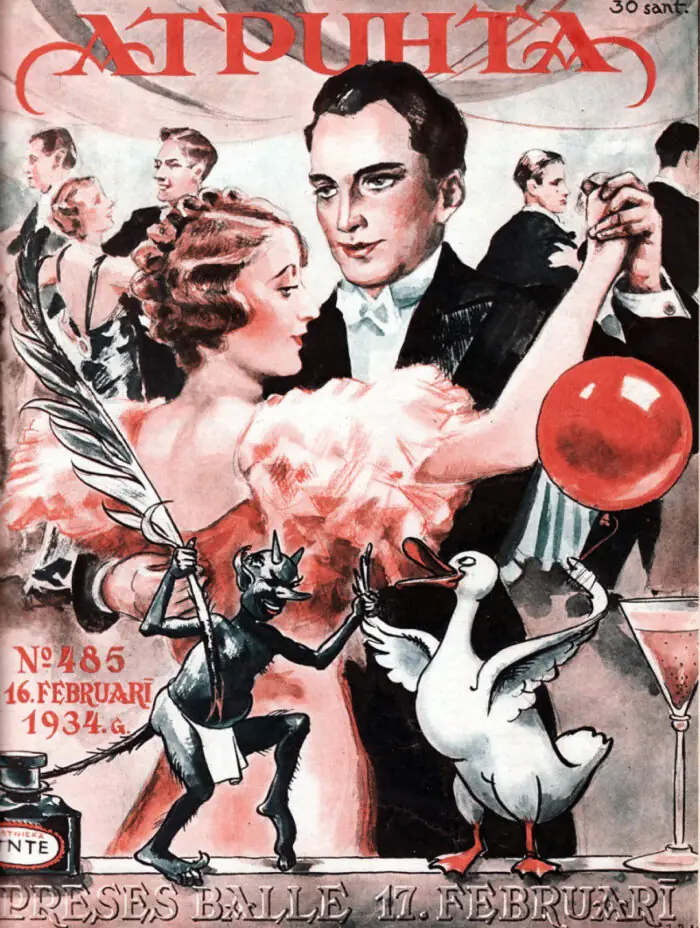
rigacv.lv
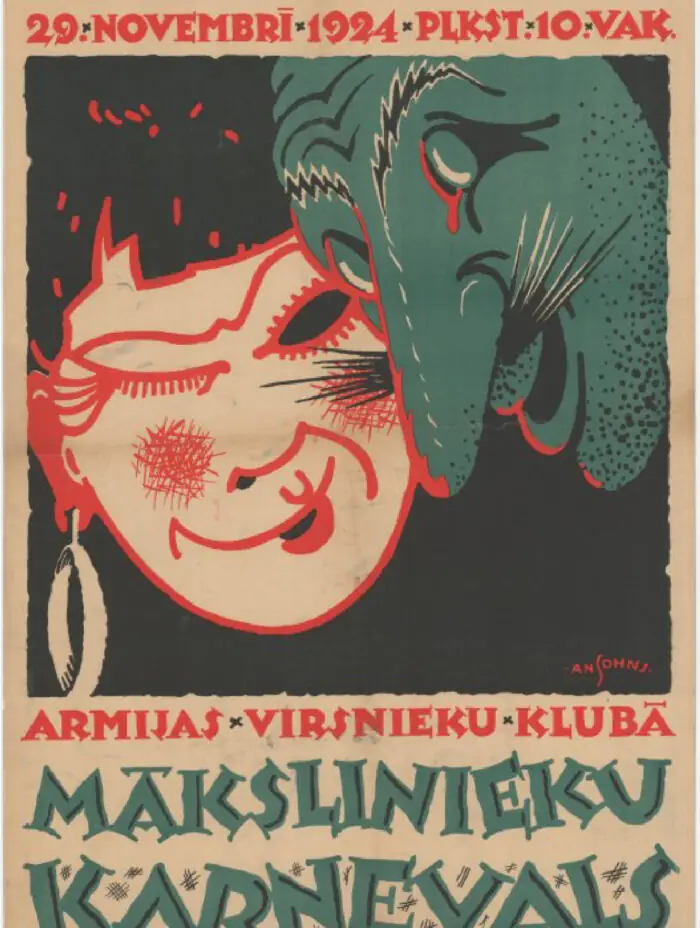
dom.lndb.lv
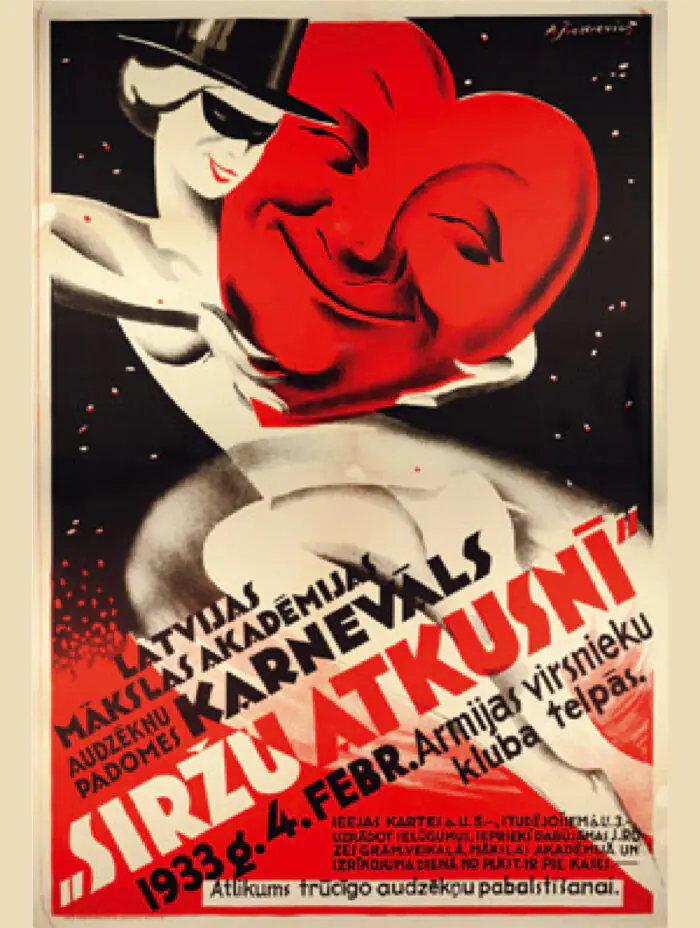
dom.lndb.lv
Soviet Era
From the beginning of the Soviet era and until the 1970s, the building was home to the Army Sports Club. It also housed the only billiard room in the city. At that time, the building had a terrace, which was used as a dance floor, and next to it there was a small building of a pneumatic shooting gallery and swings. According to the memories of a local resident, right on the site of the Congress Hall there was a hill, covered with lilacs: in winter, the people of Riga used to sled down it.
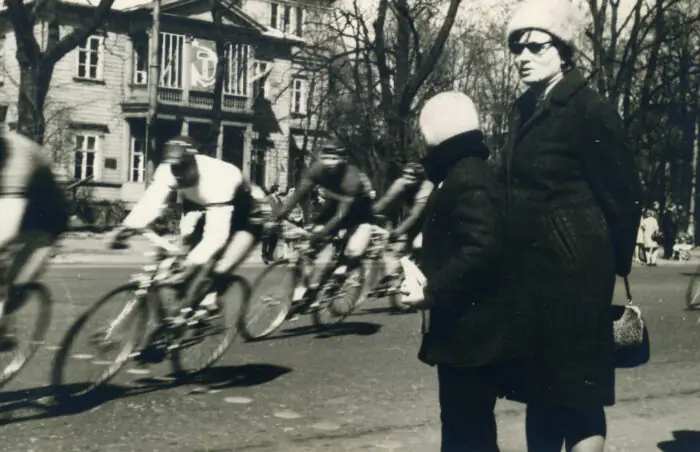
forum.myriga.info
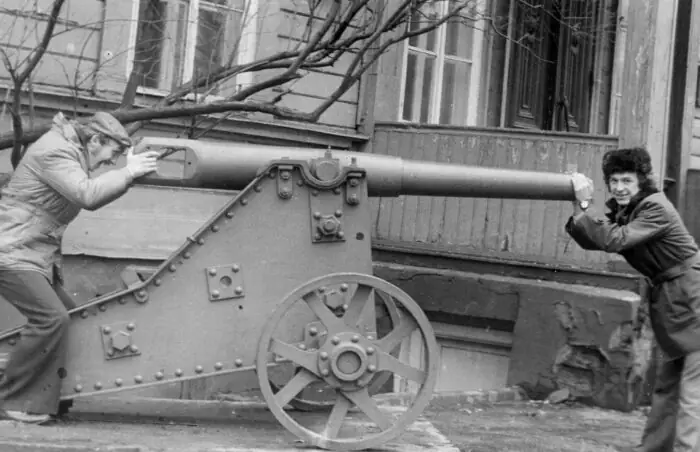
forum.myriga.info

forum.myriga.info
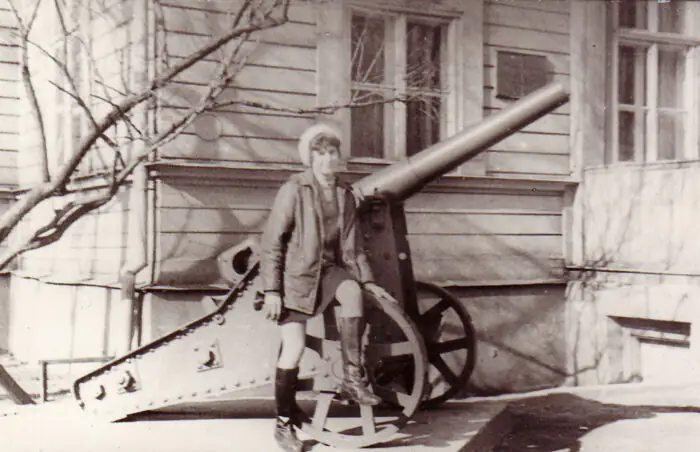
forum.myriga.info
But in 1975, the planning of the House of Political Education (the current Riga House of Congress Hall) began in this part of the city. The Latvian Communist Party wanted to have a prestigious building in the center of Riga for party congresses and meetings, in essence a congress center. Houses of Congresses were part of the Soviet ideological system.
The building was to be monumental, with a reference to the Palace of Congresses in Moscow. The design was commissioned by Valērijs Kadirkovs, head of the workshop of the Latvian Urban Planning Institute (Pilsētprojekts), who invited the young architect Juris Gertmanis to take part in the project. In 1981, the House of Riflemen’s was demolished. In 1982, the House of Political Education was built nearby.
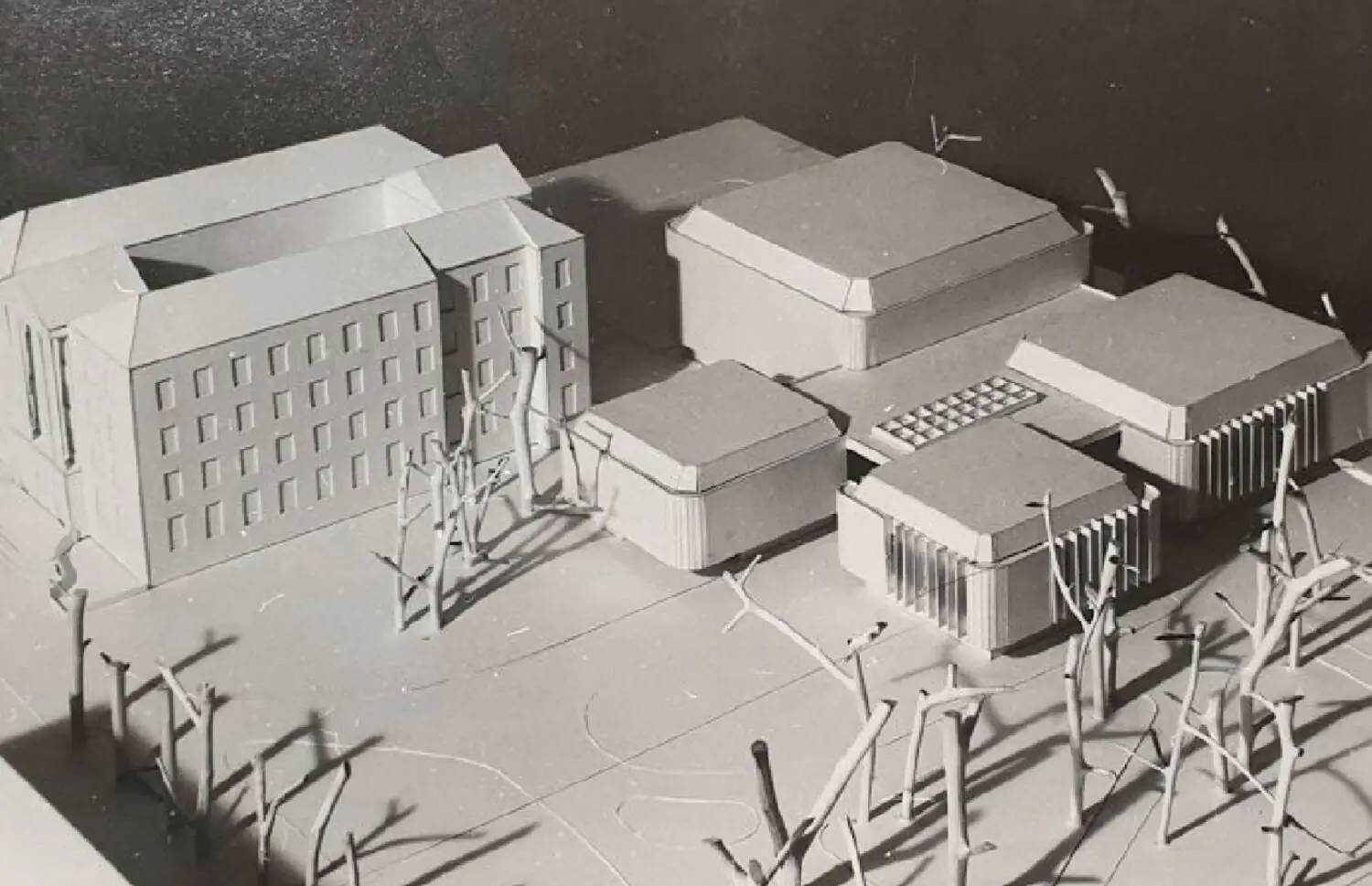
lsm.lv
Riga’s Congress Hall. History of construction
The building was completed in 1982. When the Congress Hall was built, it received very different evaluations: some appreciated how the new volume fit into the existing landscape of the park, while others criticized the building for its aggressive encroachment into Kronvald’s Park.
The authors of the project were looking for solutions to treat the park as carefully as possible and cut down as few trees as possible. But, as project architect Juris Gertmanis himself points out, 36 trees had to be sacrificed anyway. That’s a lot of trees, and in modern architecture it seems deeply unethical.
In the part of the Congress Centre facing the park, a recreation area with large glazing was added: this is how the architects combined the interior and exterior space. From here you can enjoy a view of the trees and the city canal.
In front of the main facade of the building, a square with a fountain, a flower garden and a monument to Latvian writer Andrejs Upīts, the work of sculptor Alberts Terpilovskis. The architects have also carefully considered the system of approaches to the building.
The project status allowed to ignore some Soviet norms and develop non-typical solutions, and the allocated budget allowed to use expensive construction materials.
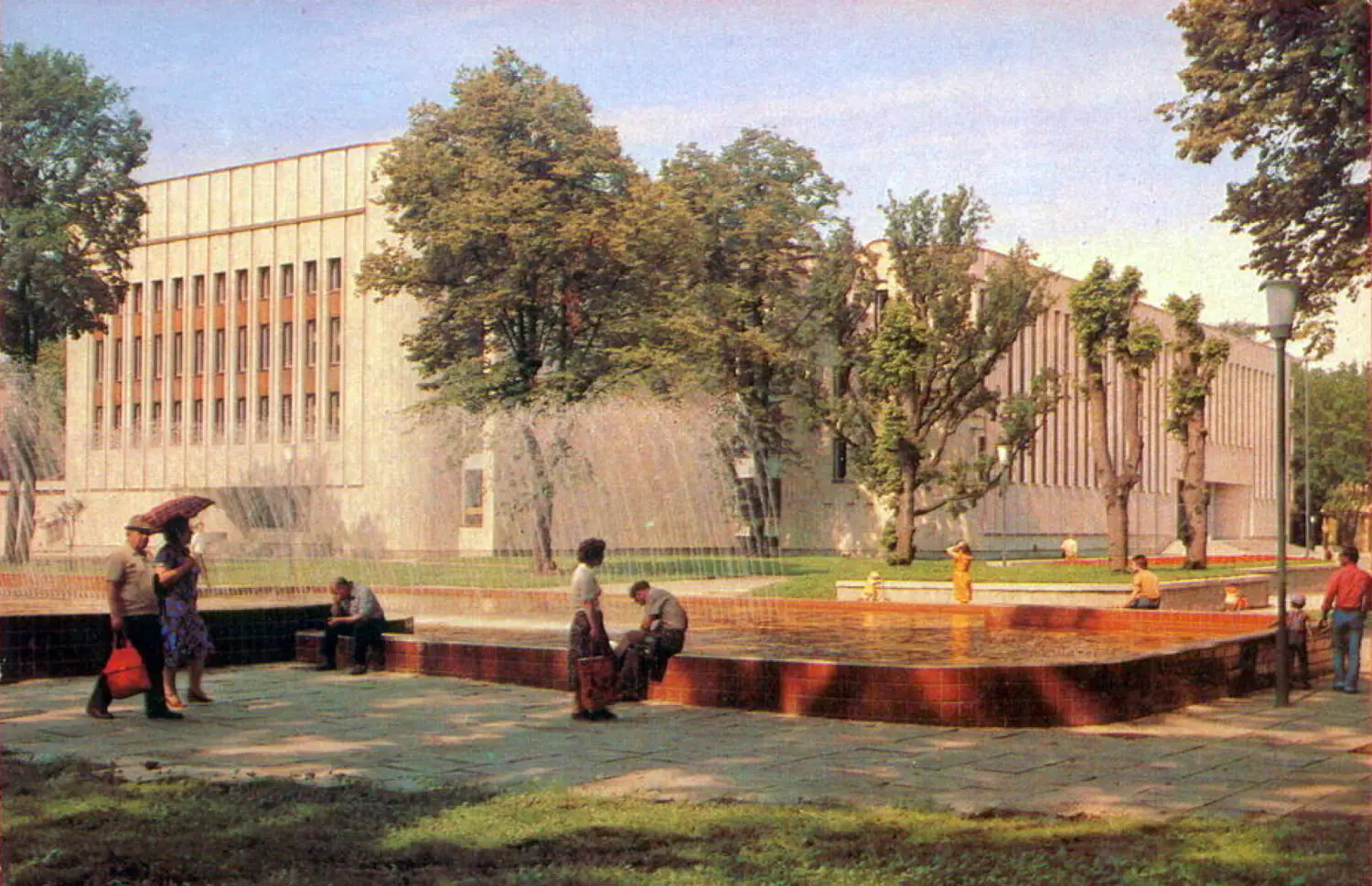
forum.myriga.info

baltics.news
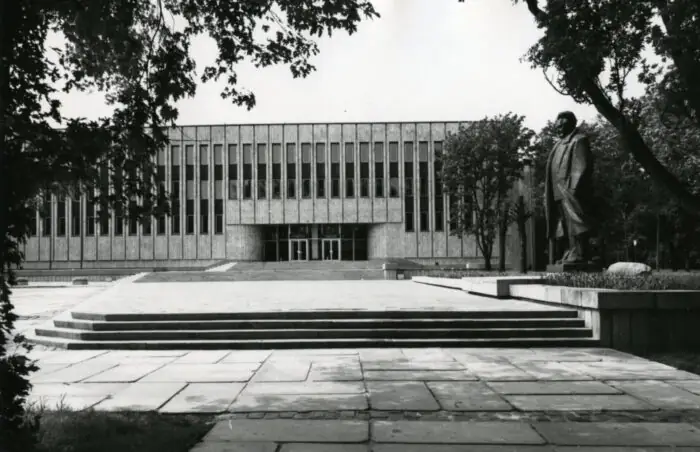
satori.lv
The Communist Party that commissioned the building wanted the façade to be clad in marble, but it was not possible to procure enough marble for this. As an alternative, the architects suggested a glazed brick finish, which was to be ordered from the local Lode brick factory, but the factory did not have the necessary technology. So the idea of brick had to be abandoned, and Juris Gertmanis began to explore the possibilities of other finishing materials.
The solution was Latvian pink dolomite from the Kranciems quarry, which met the wishes of the customers. Thus, the facades of the building were finished with pink dolomite and contrasting copper sheeting. But marble, which the officials insisted on, remained in the project: it was actively used in the interior decoration together with granite, precious wood and metal elements made of light alloys. In search of the necessary amount of marble and granite, the architects had to turn to other republics of the USSR. As a result, granite was brought from the Karelian town of Kondopoga, and marble from a factory in the Sayan Mountains.
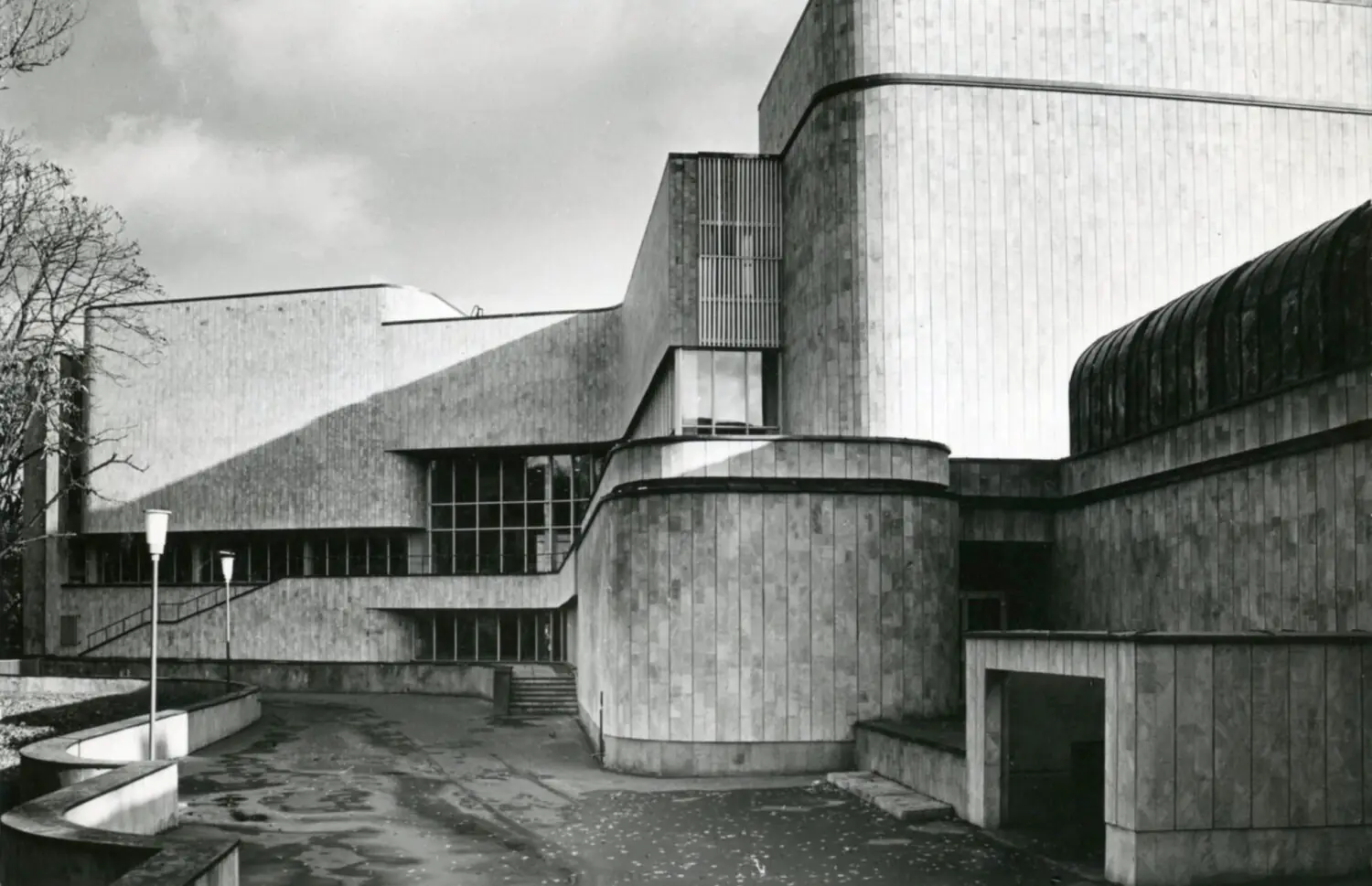
wiki.azw.at
The main part of the Congress Centre’s spatial composition is the lobby with an atrium more than 14 meters high, around which the other rooms are organized. The most characteristic decorative ideas of the project are concentrated in this central lobby: dark polished granite floors, marble walls of gray-pink tones, wall panels made of ash wood and aluminum profiles suspended from the ceiling. The same materials are used in the decoration of the Great Hall.
The building has a clear and understandable layout of the premises, which makes it easy to navigate inside. On the first floor there is the Grand Hall parterre with 1,200 seats, a library and administration premises. On the second floor there is the balcony of the Great Hall, the Small Hall with 280 seats and auditoriums. On the third floor there are lecture halls and methodology rooms. Many pieces of furniture, such as seats in the halls, were ordered abroad.
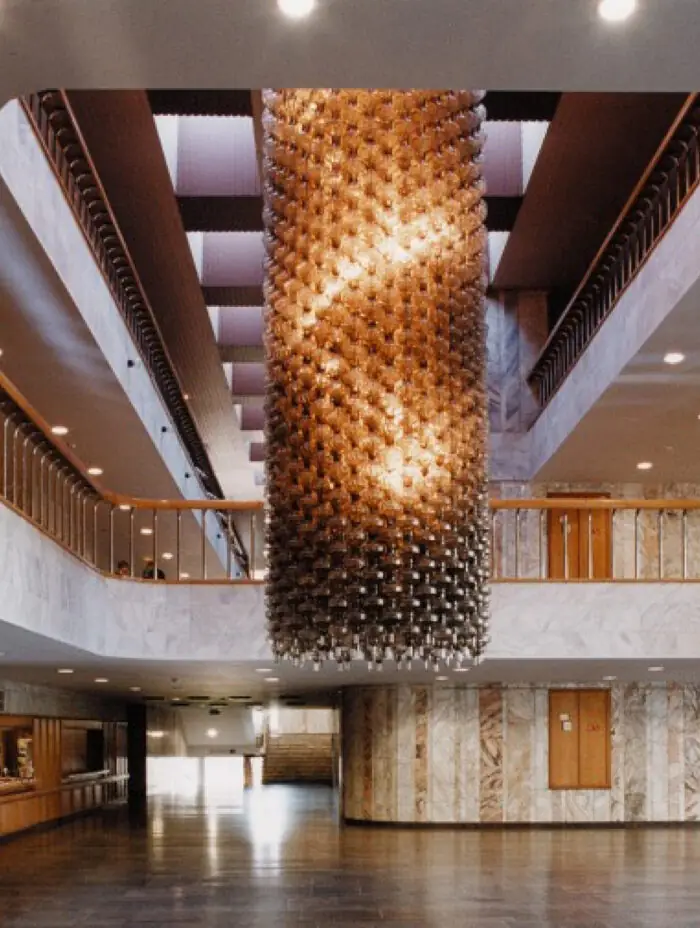
The highlight of the interior was a grandiose chandelier 6 meters high, made according to the sketches of architect Juris Gertmanis. The chandelier was assembled from glass elements cast at the Lebanese glass factory (Līvānu stikla fabrikā). At the time of construction of the House of Congresses, it was the largest chandelier in Latvia: it even had a spiral staircase for maintenance inside.
Even despite the special status of the project and the available funds, not all ideas were realized: for example, the team of architects wanted to make the roof accessible to the public and put a sculpture garden there, but this did not happen.
The End of the Soviet Era and Independent Latvia
The Congress Hall, or House of Political Education, was created to host party congresses and conferences. But during the years of the Singing Revolution between 1986 and 1991, the building began to take on a new meaning.
In 1988, the legendary Plenum of Latvian Creative Unions and the founding congress of the Popular Front of Latvia, which realized the ideas of Latvia’s independence, were held here. In the Great Hall of the Congress Hall, the opinion that the Soviet Union had occupied Latvia was loudly voiced for the first time: in this hall, the ideas of an independent Latvia began to take root and grow.
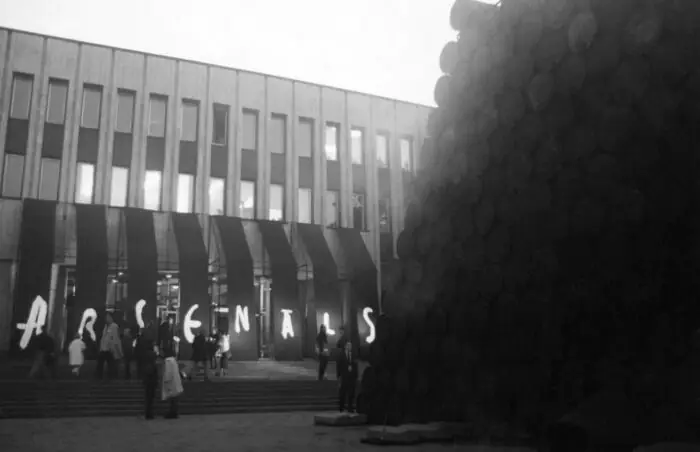
sejas.tvnet.lv
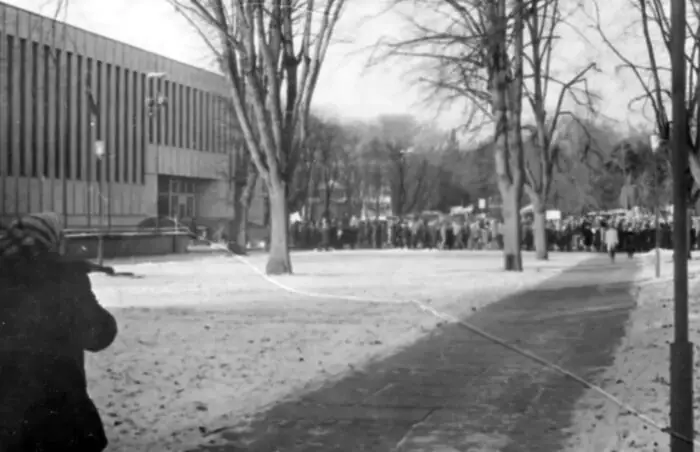
pastvu.com
By the end of the 1990s, it became clear that the Grand Hall of Congress Centre needed to be modernized: the stage turned out to be too narrow for any performances—originally it was designed to accommodate only the presidium table and the podium. In 1999–2000, a four-storey extension designed by Juris Gertmanis was added to the building, which made it possible to optimize the Grand Hall: the number of rows was reduced by two, and the stage was enlarged to expand the possibilities for its use.
At the same time, the square in front of the building also changed: in 2000, the first underground parking lot in Riga was opened under the square. For this purpose, the old fountain was demolished, and after the construction was completed, a new object with more modest aesthetic properties took its place.
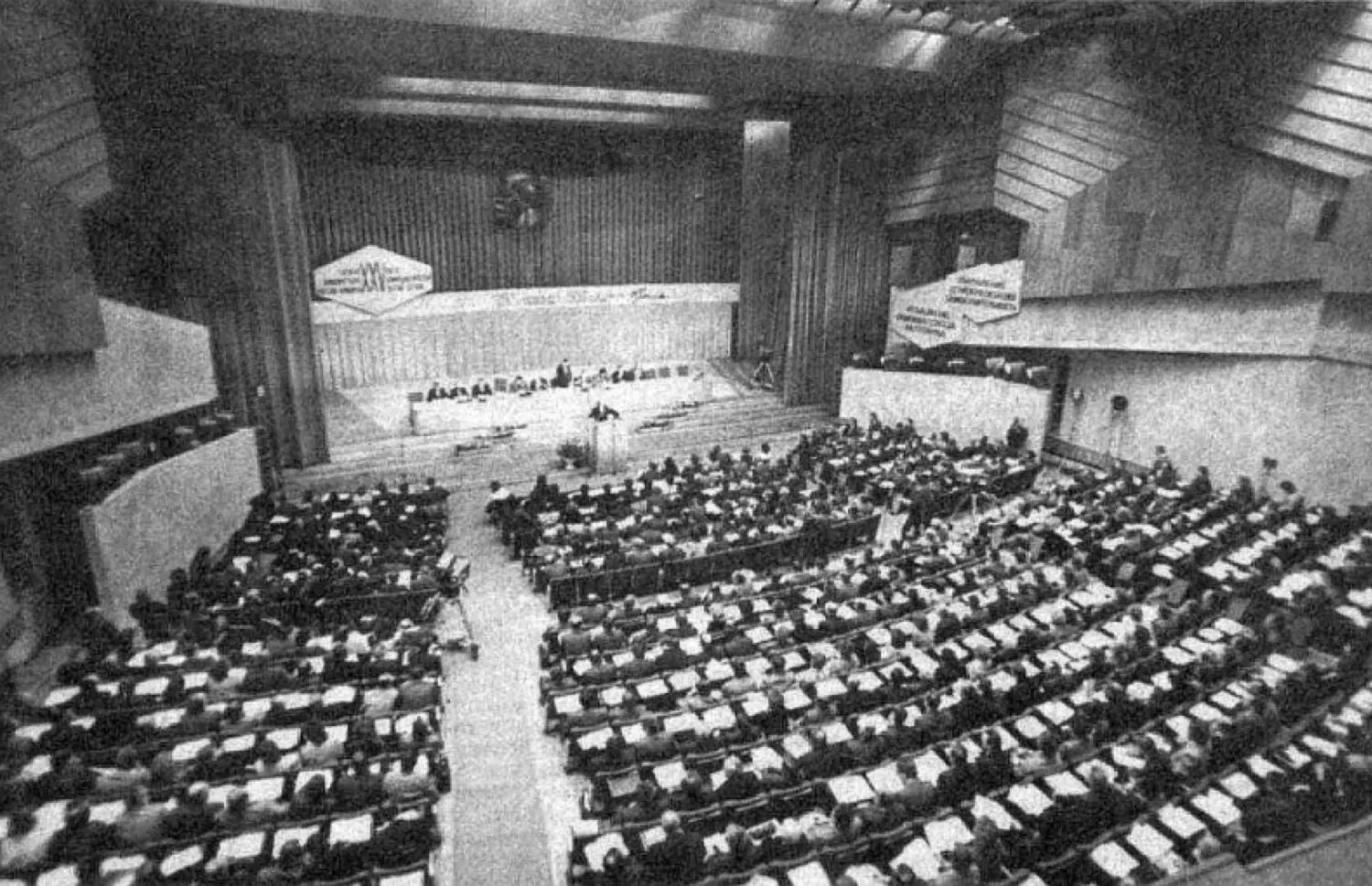
la.lv
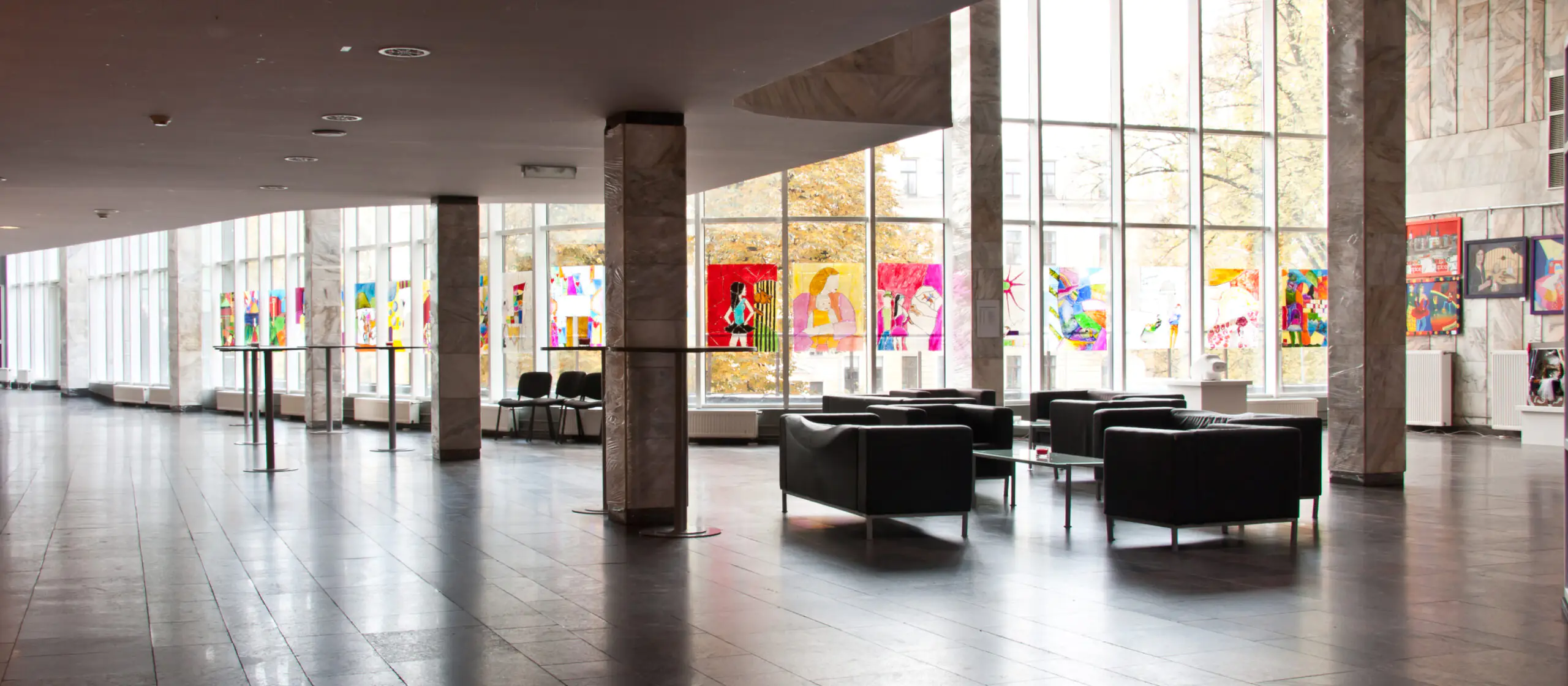
kongresunams.lv
The Building’s Next Life
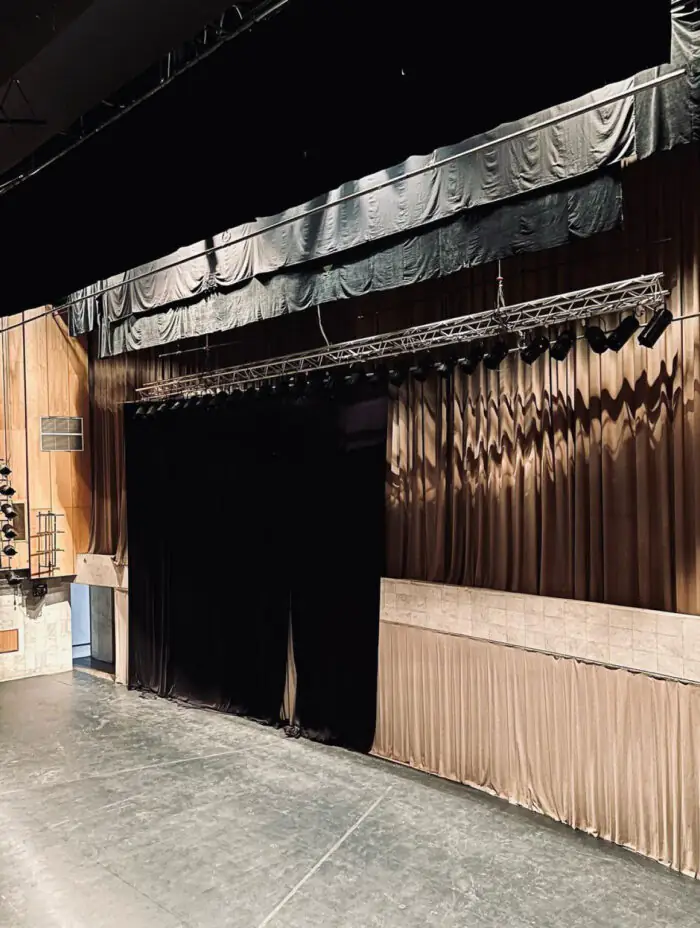
instagram.com
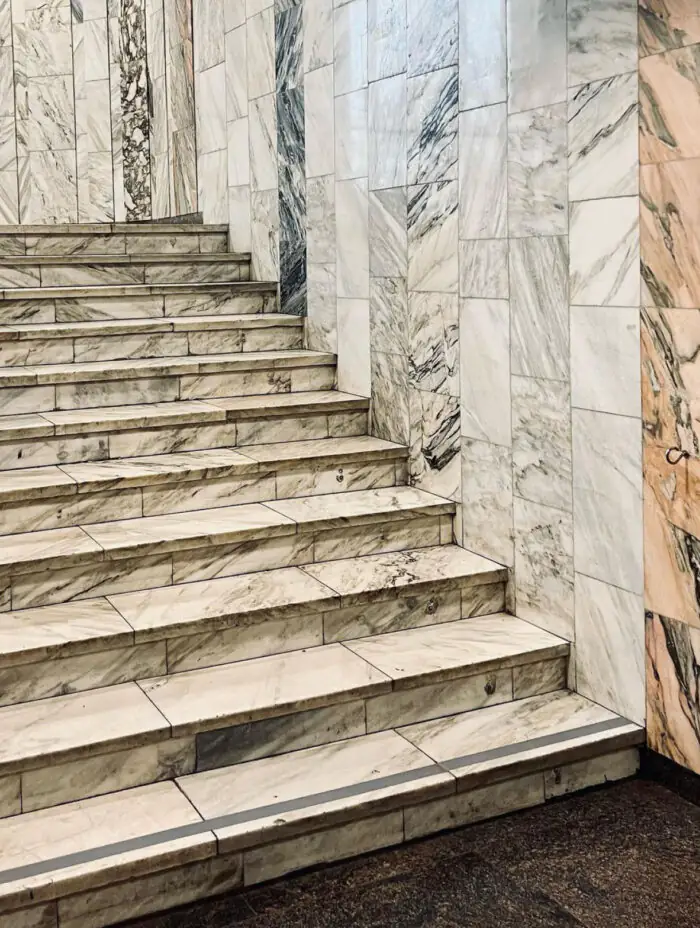
instagram.com
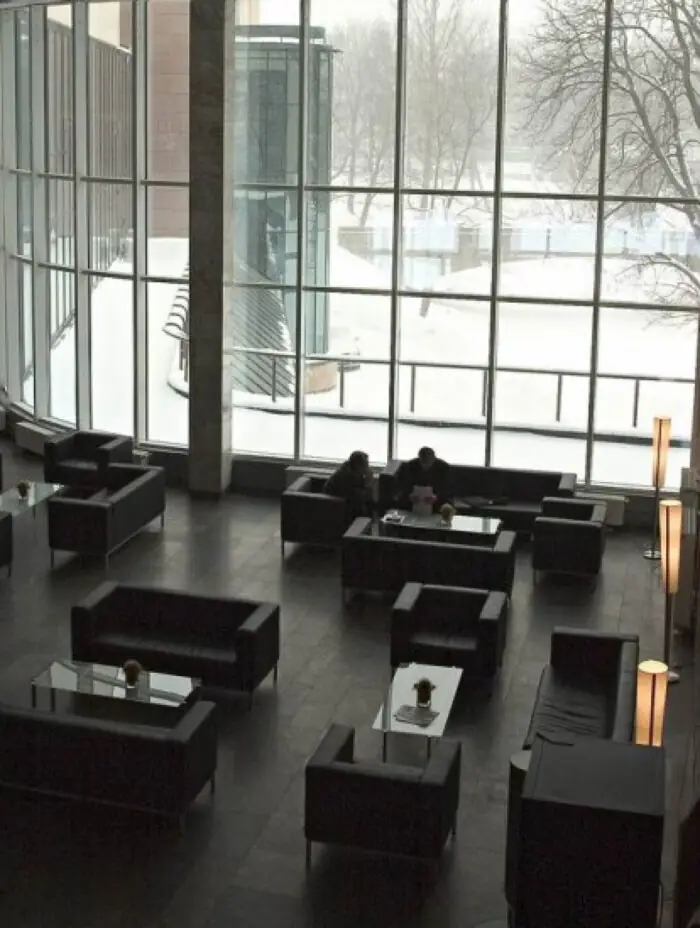
kongresunams.lv
Now the Congress Hall is changing again: its substantial reconstruction has been under discussion since the late 2000s. For example, in 2011, the building was to be rebuilt into a multifunctional concert hall and an architectural competition was held for this purpose: the team of the winning bureau Nams planned to work together with the studio Arhitekta Jura Pogas arhitekta birojs and the author of the original project Juris Gertmanis.
Then in 2019, the Latvian Union of Architects reviewed 36 possible locations for the National Acoustic Concert Hall and allocated six sites: three of them, including the Congress House, were recognized as the most suitable for the future Philharmonic. At the same time, the addition of the building to the list of sites to be evaluated was an initiative of Riga City Council.
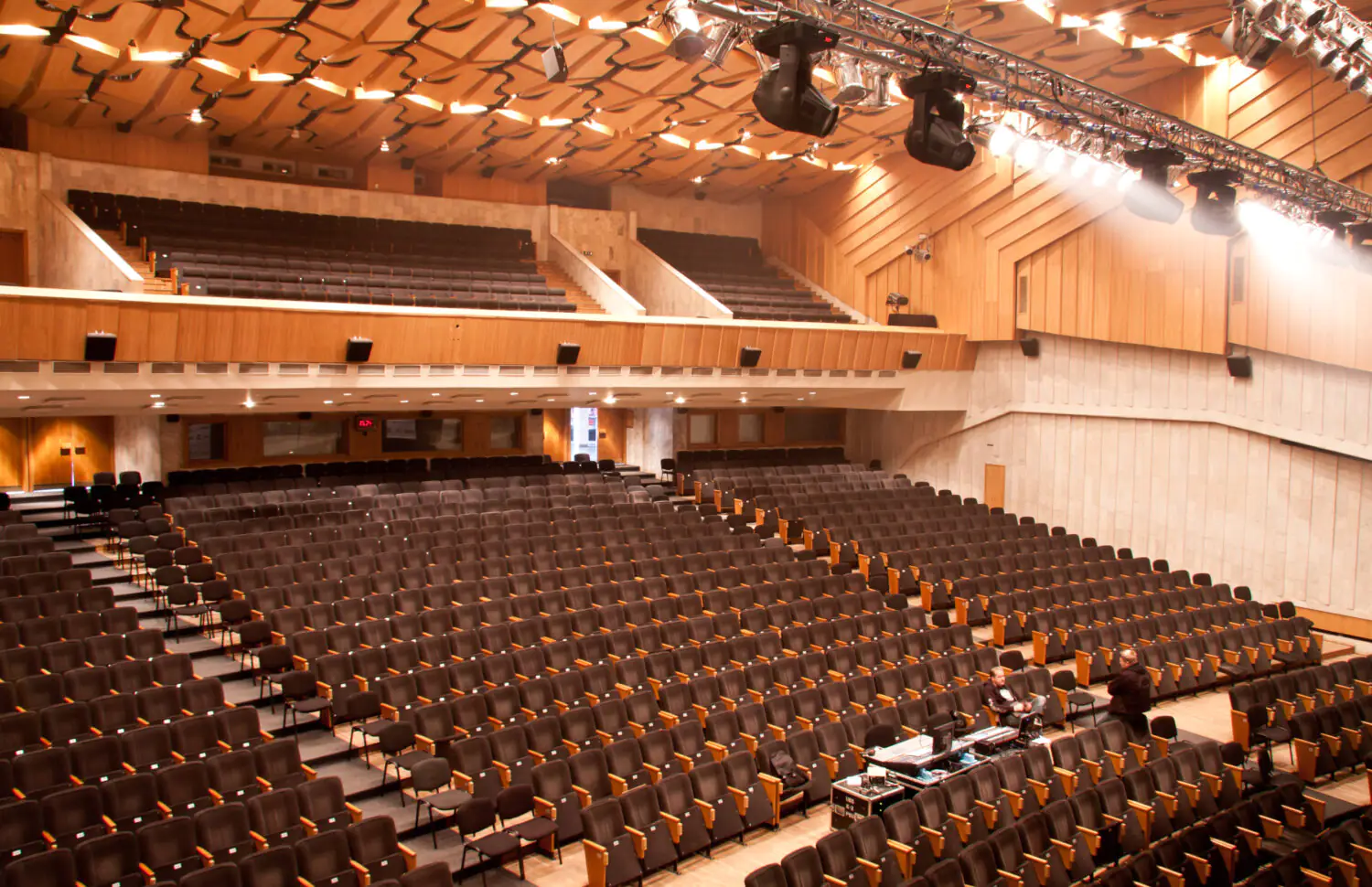
kongresunams.lv
Finally, in May 25, 2022, the City Council approved the decision to realize the National Acoustic Concert Hall in the building. In 2023, an architectural competition was held for the adaptation of the Soviet building for the concert hall: it was mandatory to use the main building of the congress center for the reconstruction, but it was possible to demolish the pyramid-shaped glazed annex that appeared in 1999. We wrote more about the conditions of the competition and the context faced by the contestants in another article.
At the end of 2023, the winners of the architectural competition were announced: a consortium of LLC MARK arhitekti, LLC LABIE KOKI projekti and Mailītis A.I.I.M. But it is still unclear how the Congress House will be transformed: the conceptual design needs serious technical development, and there are significant concerns that the realization of a full-fledged acoustic concert hall in the Congress House is impossible without complete demolition of the building or its substantial reconstruction.
The material was prepared with umagamma team.


